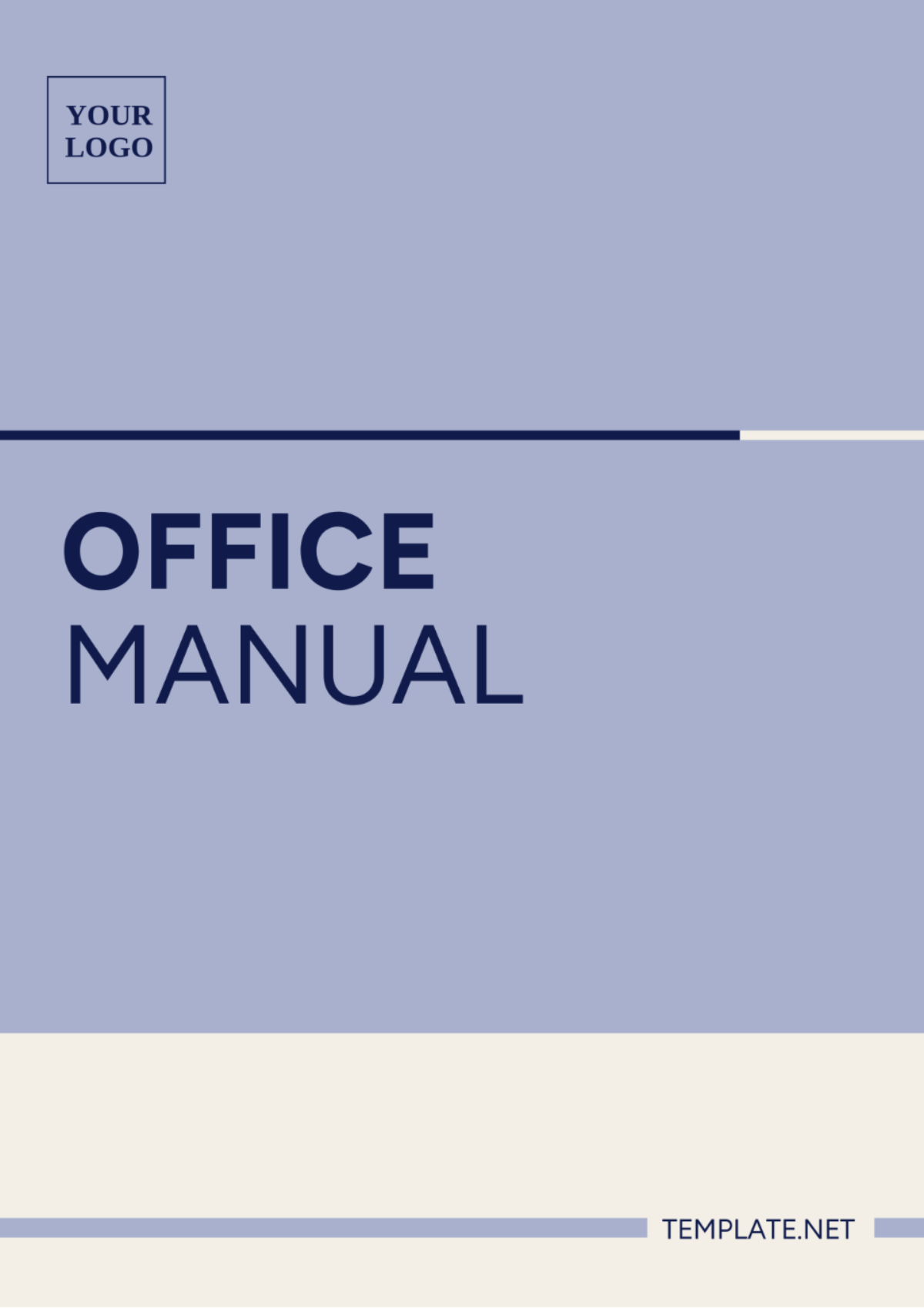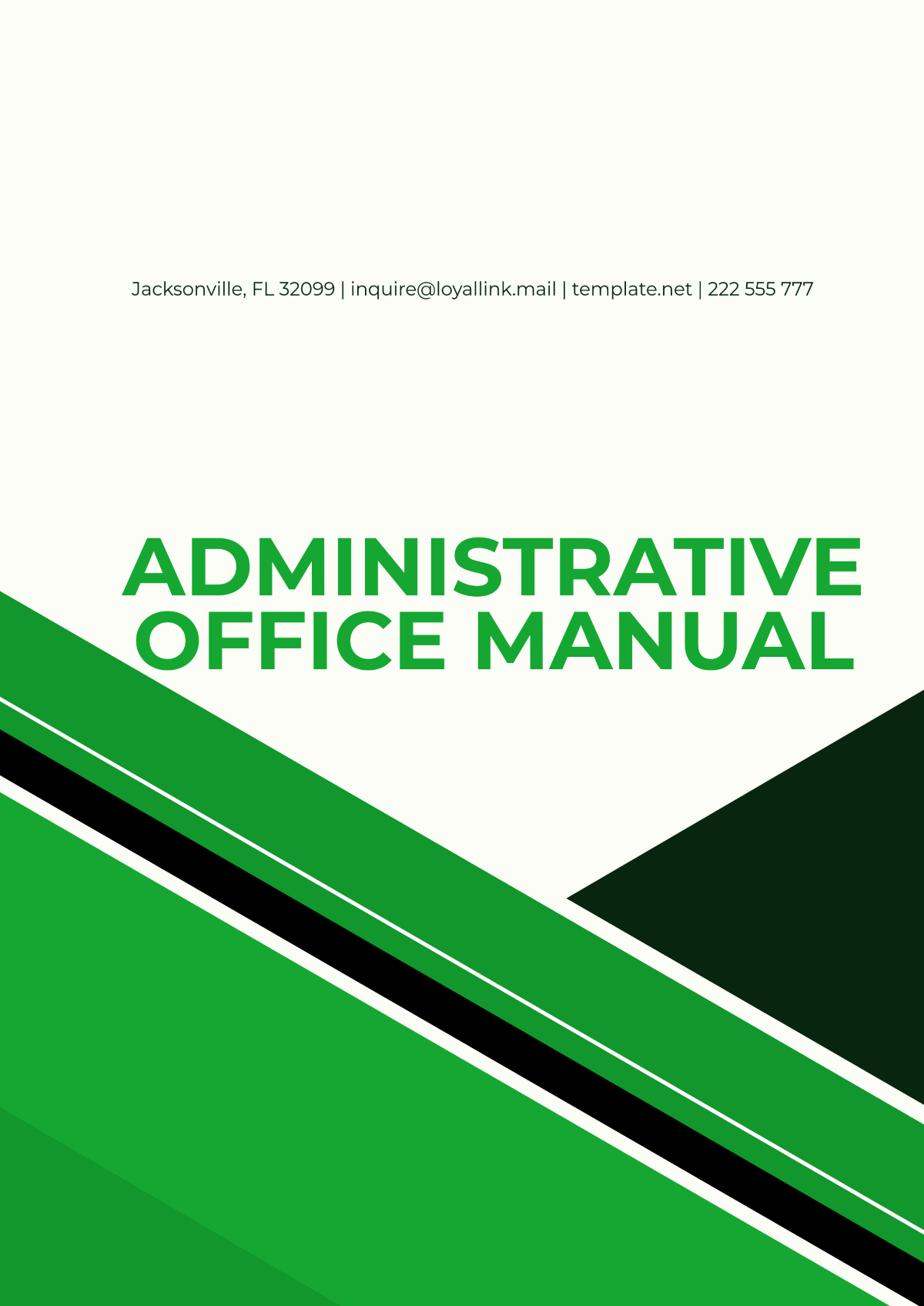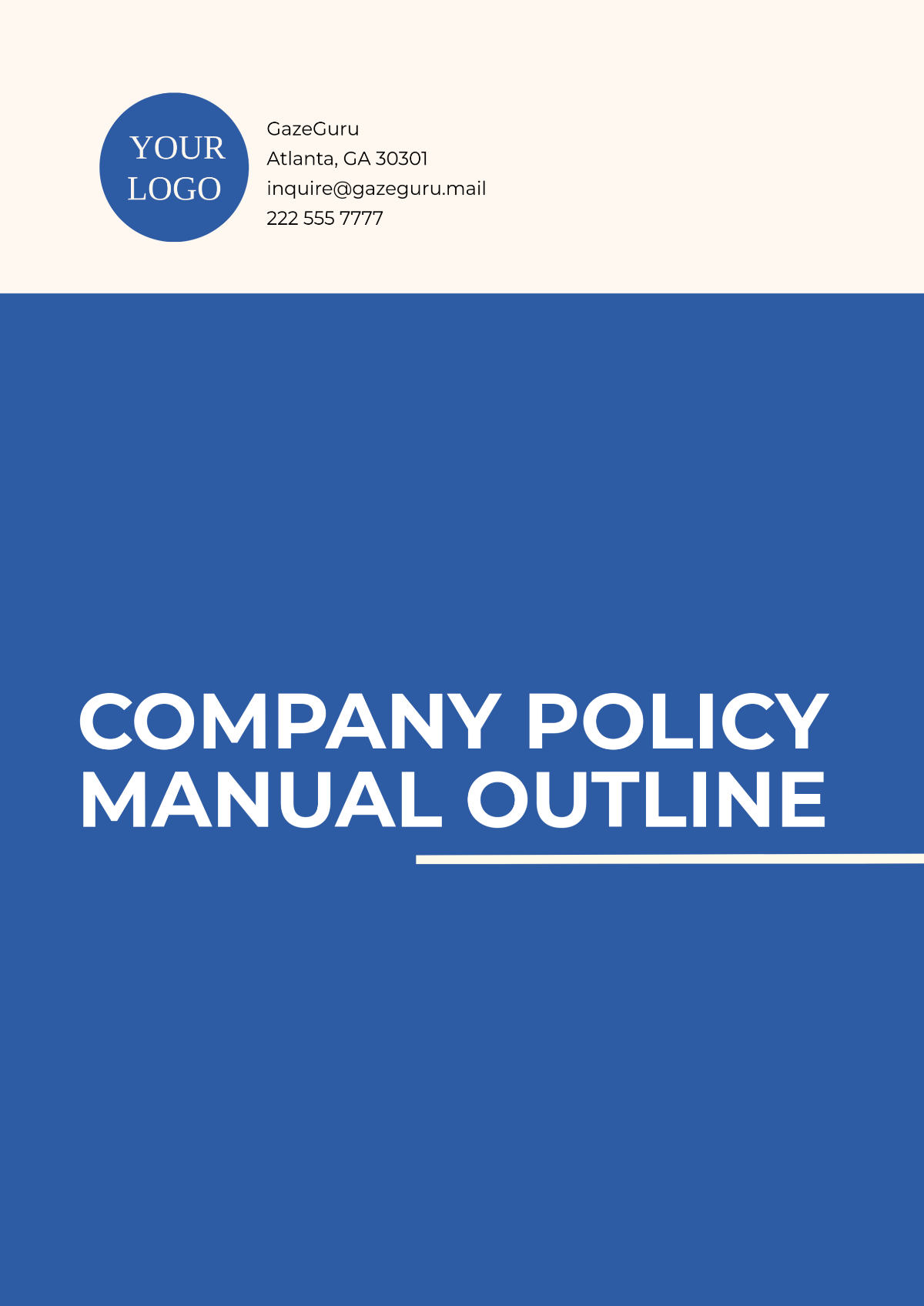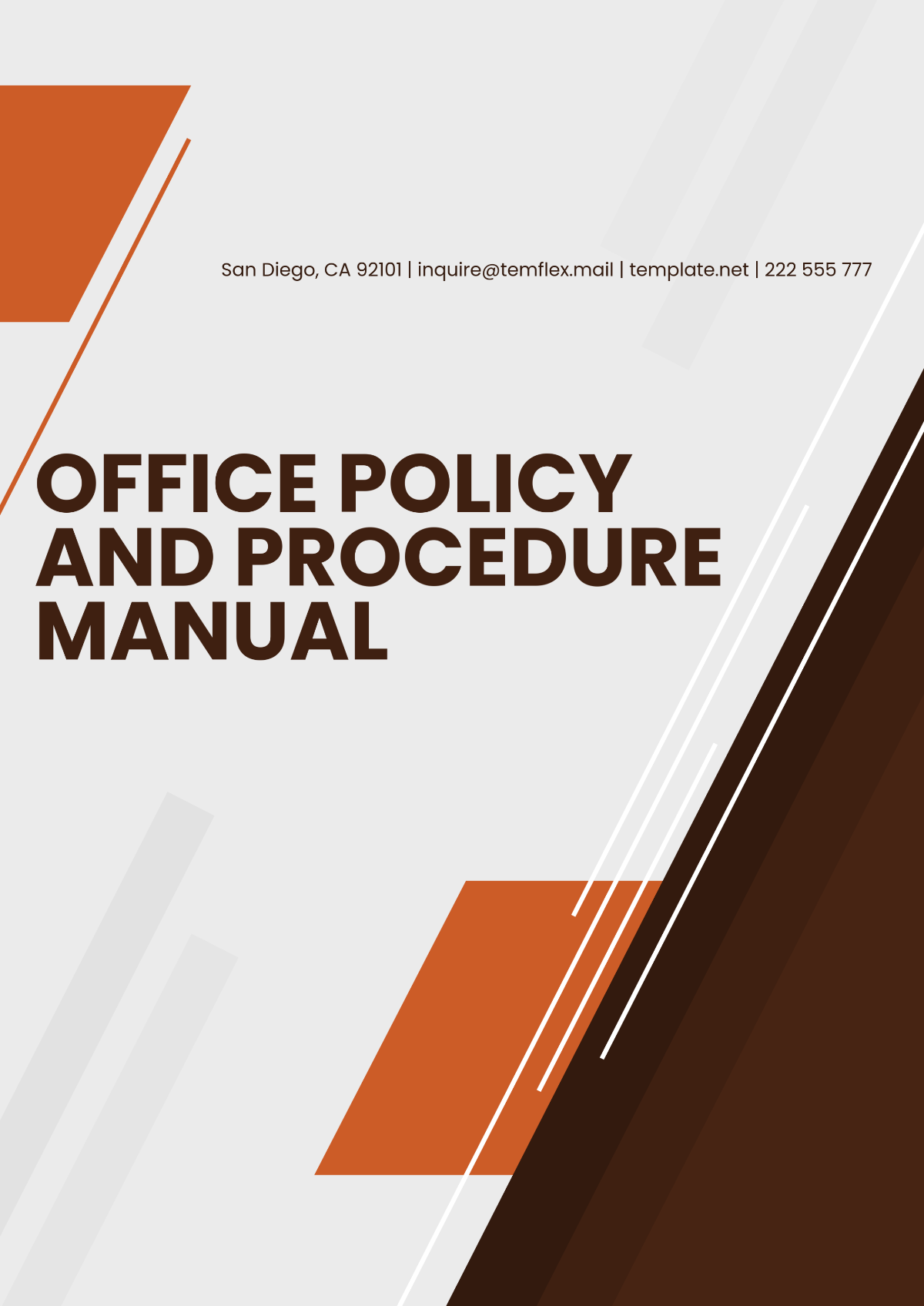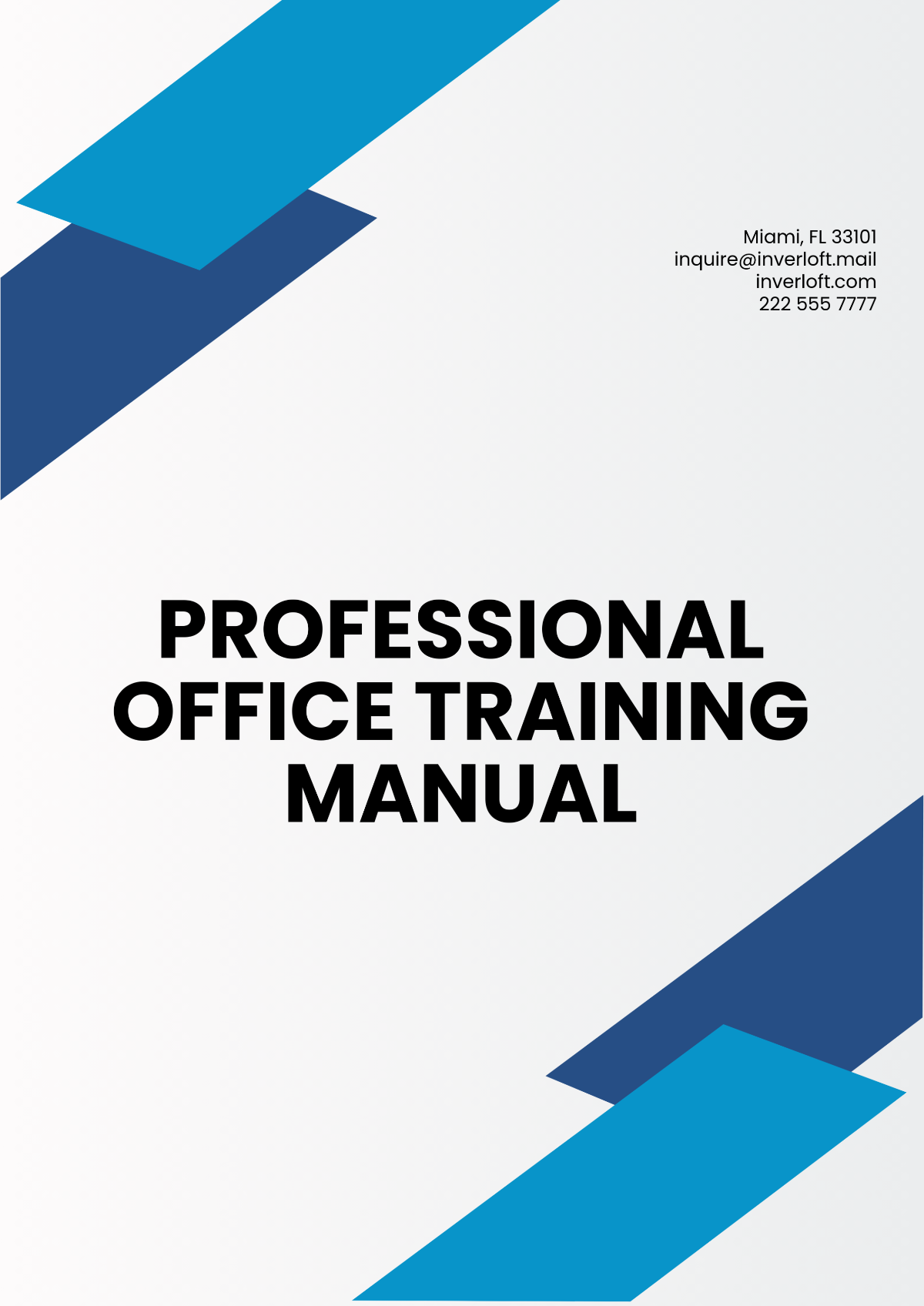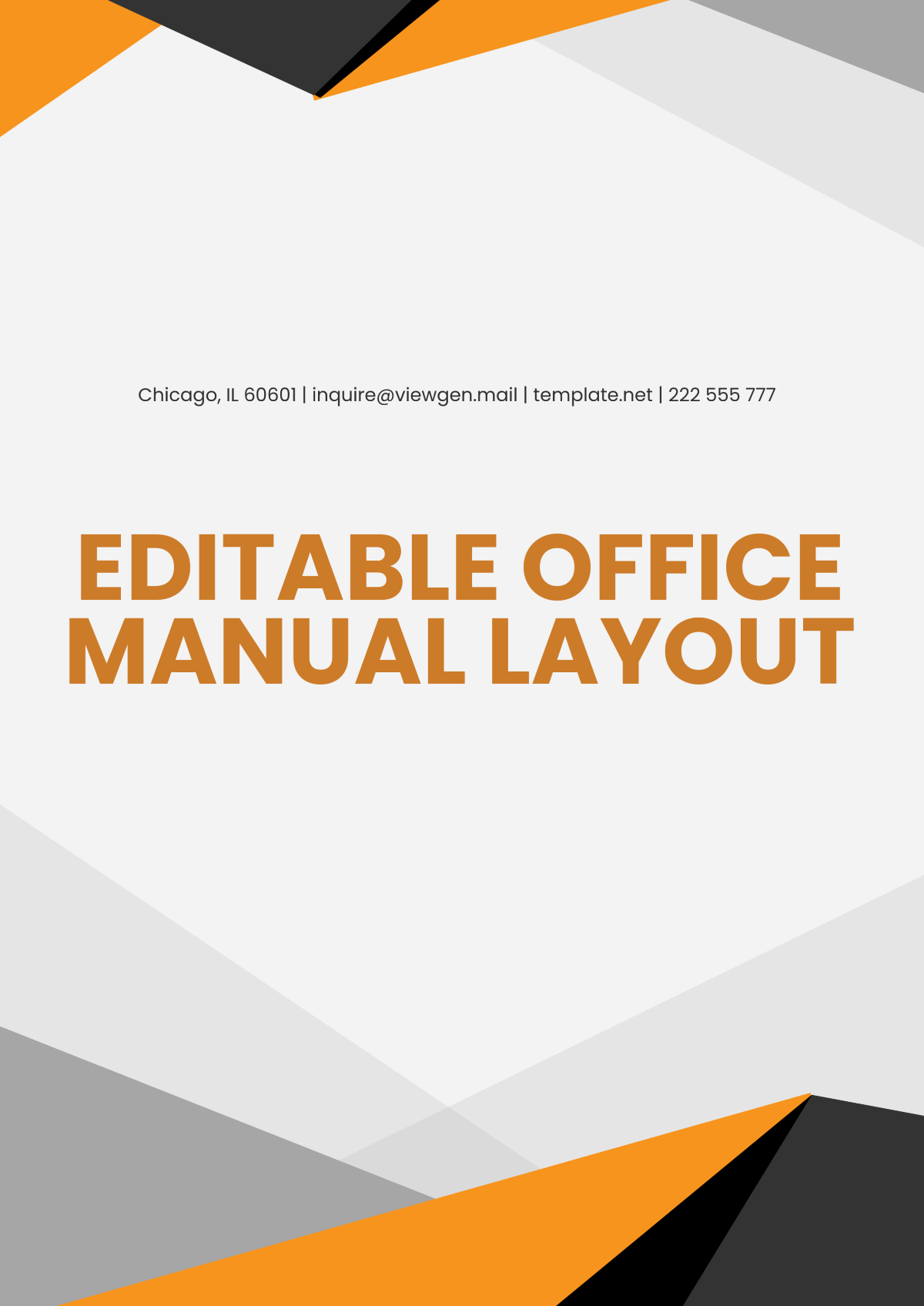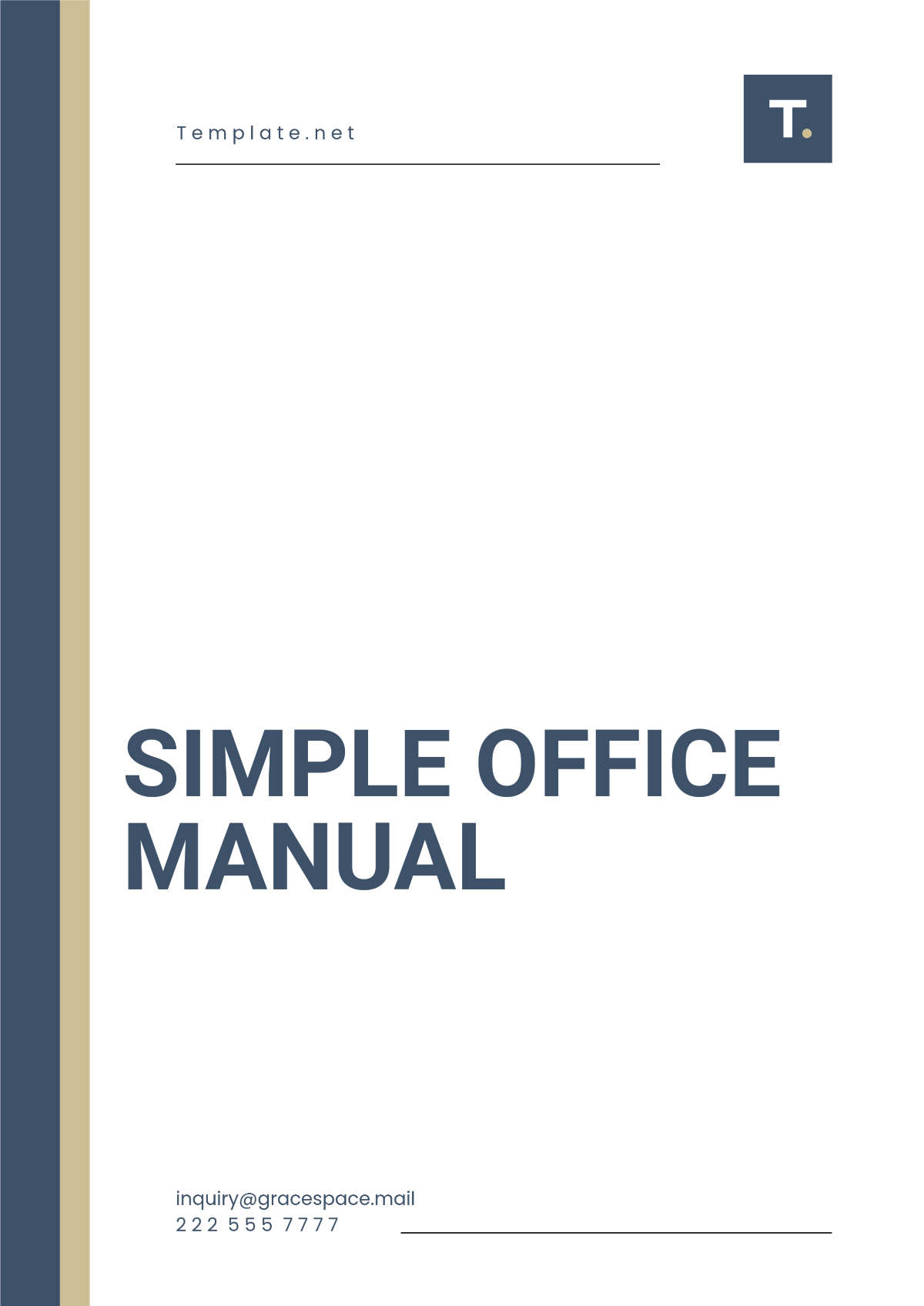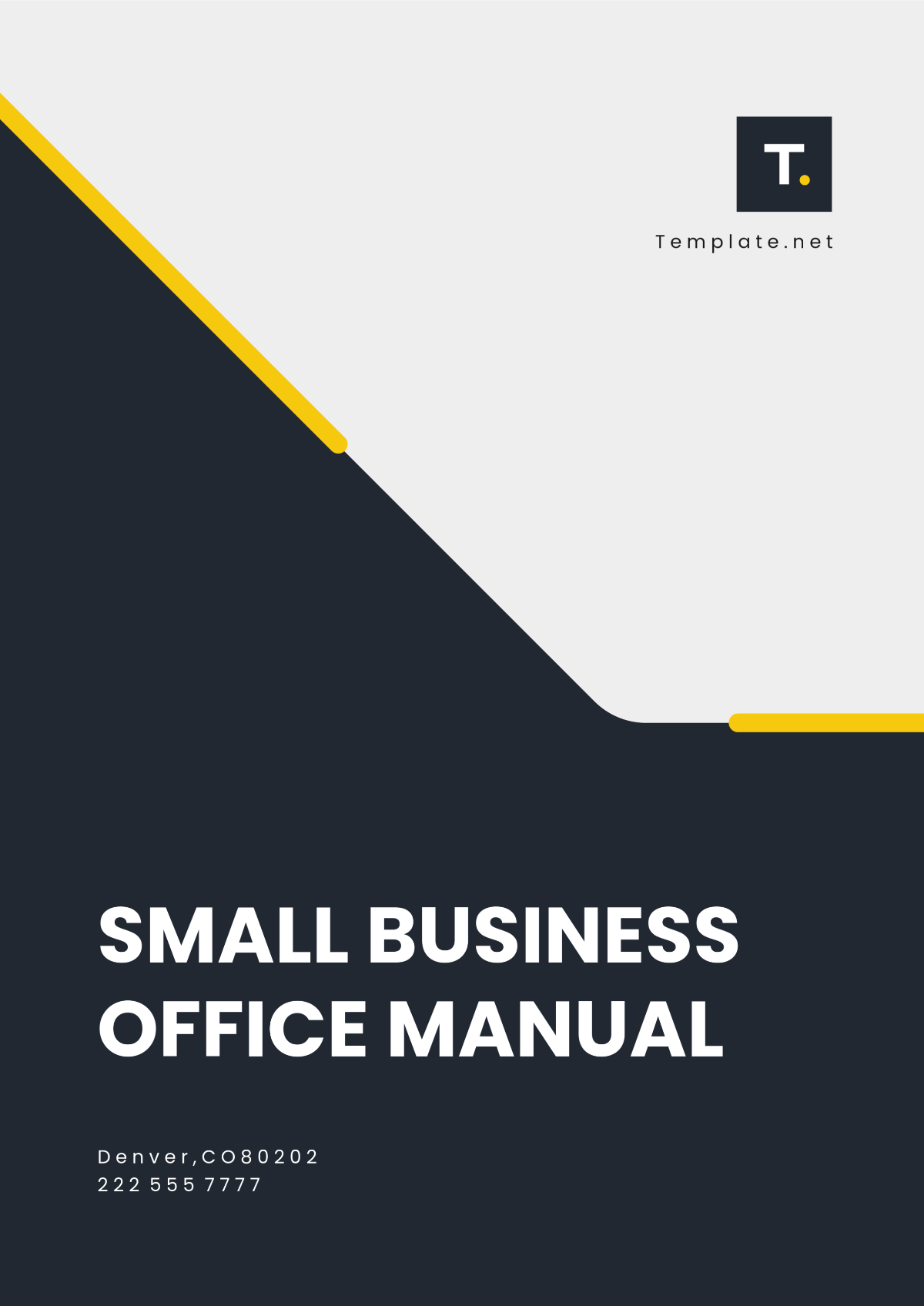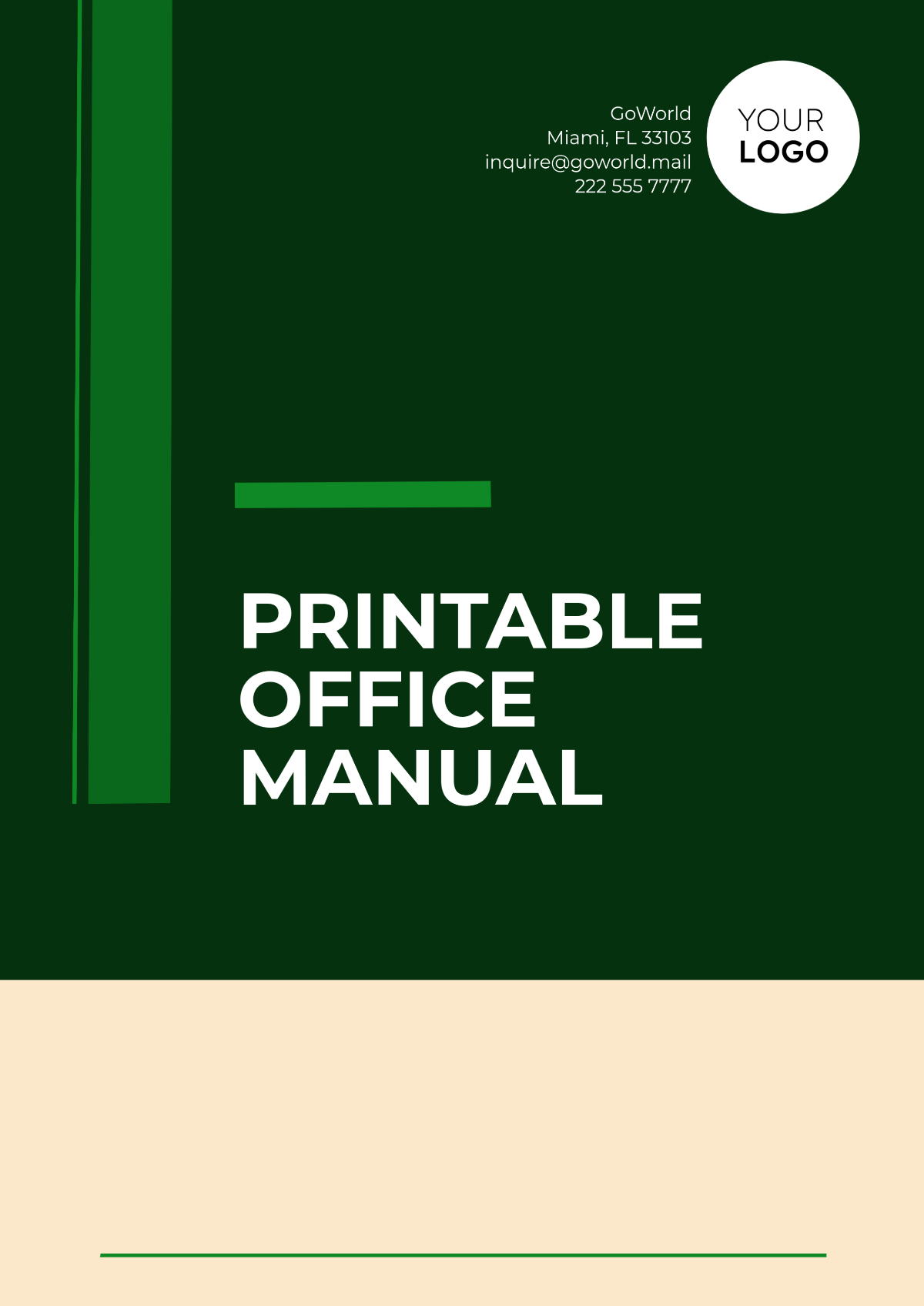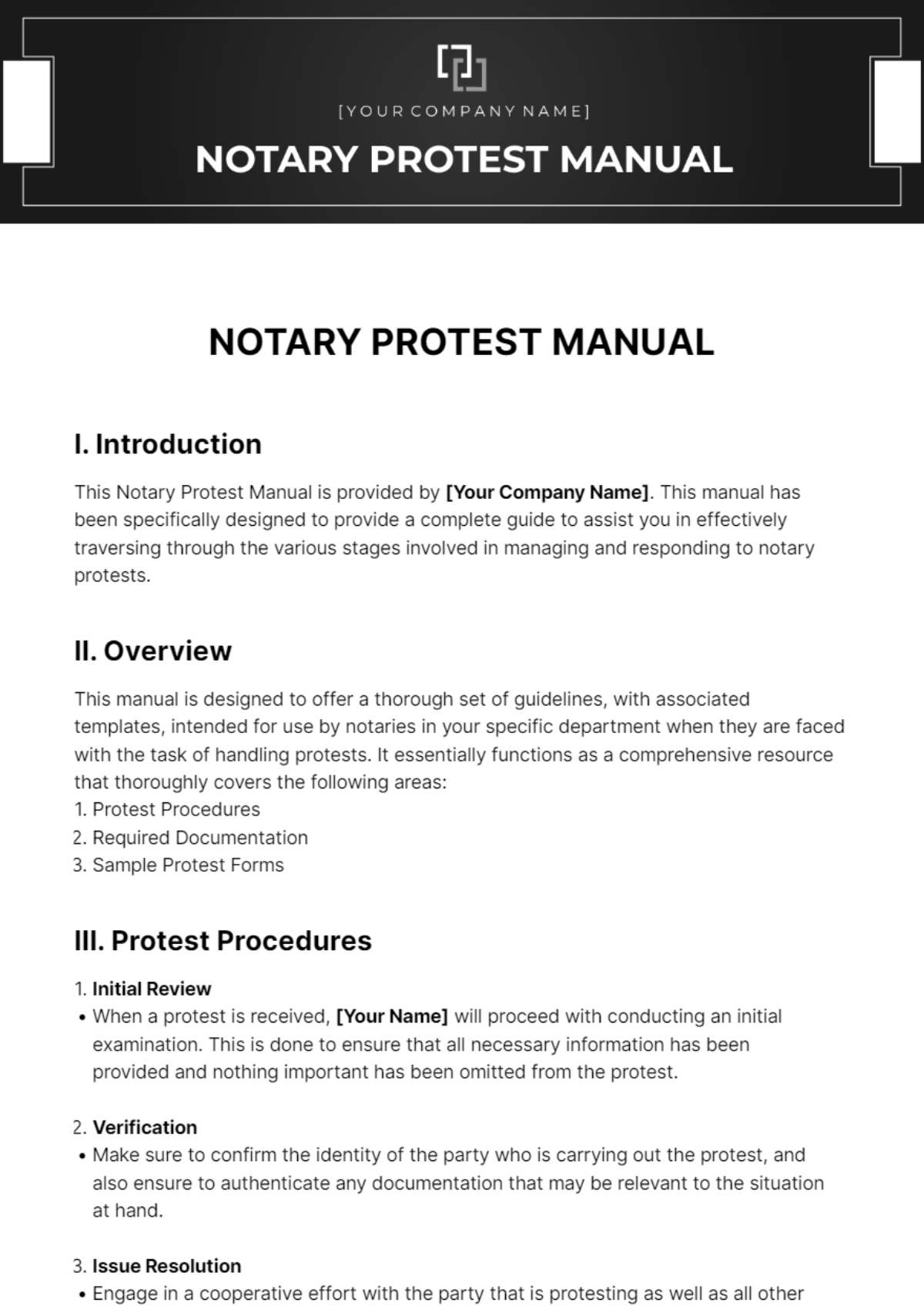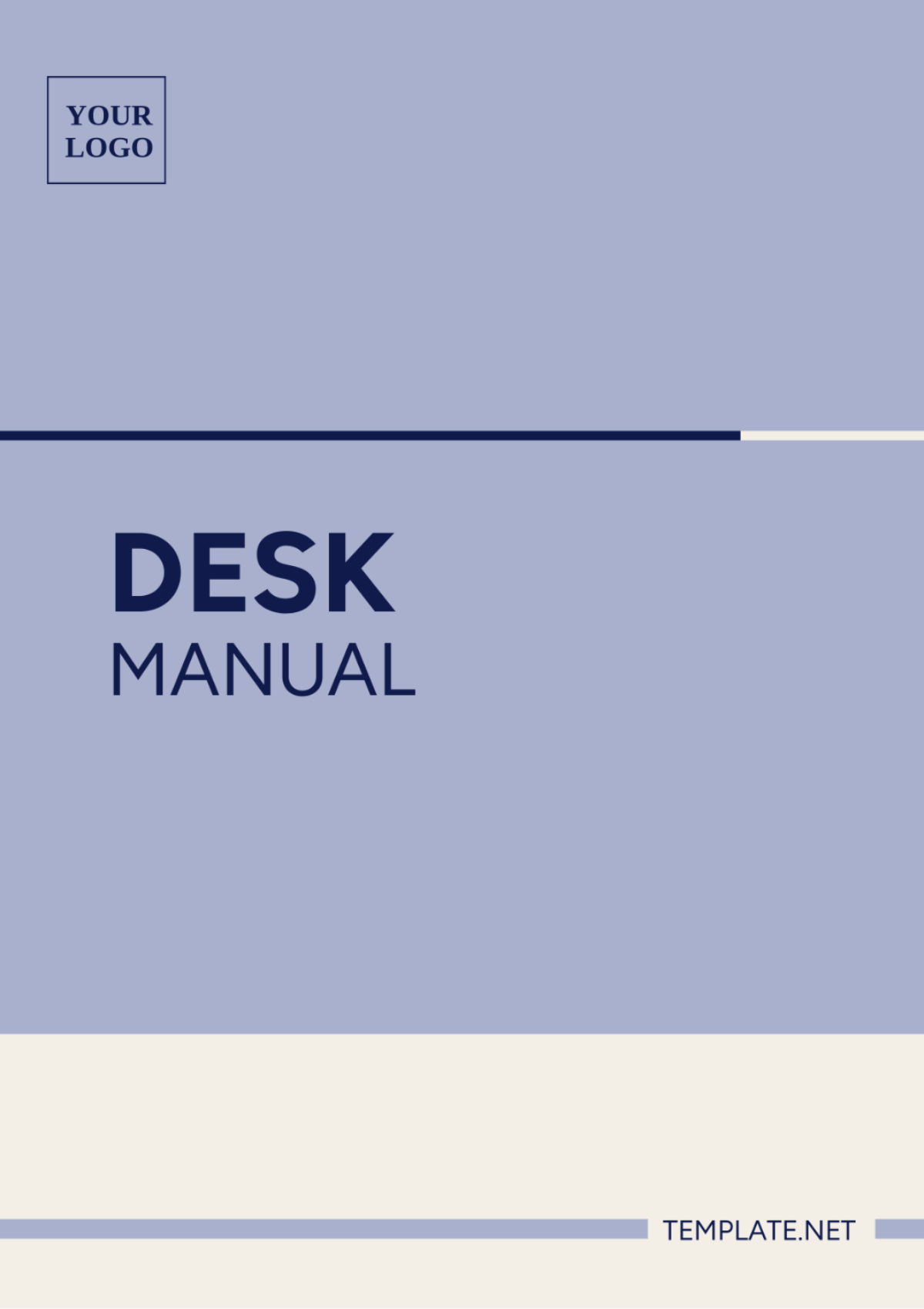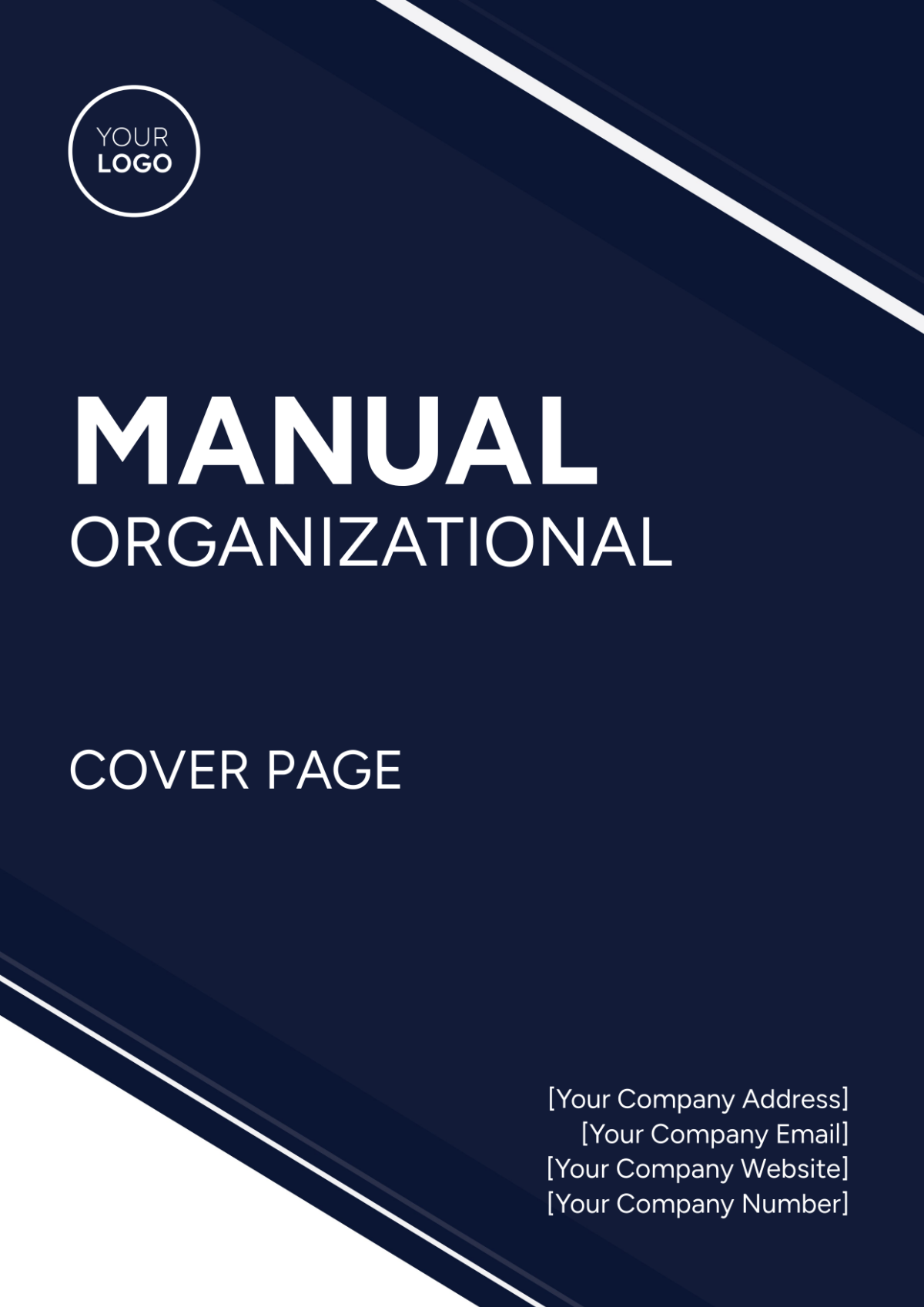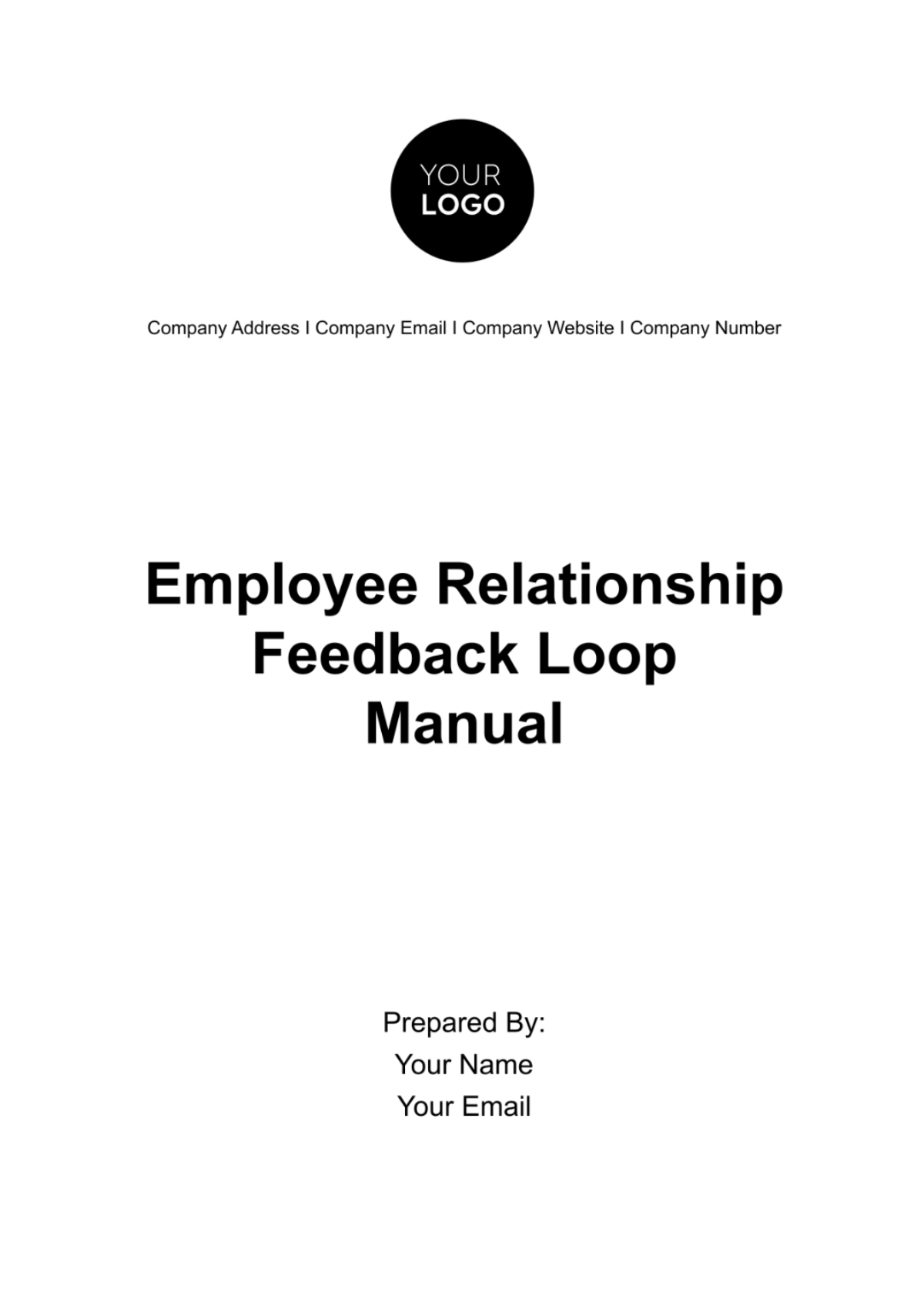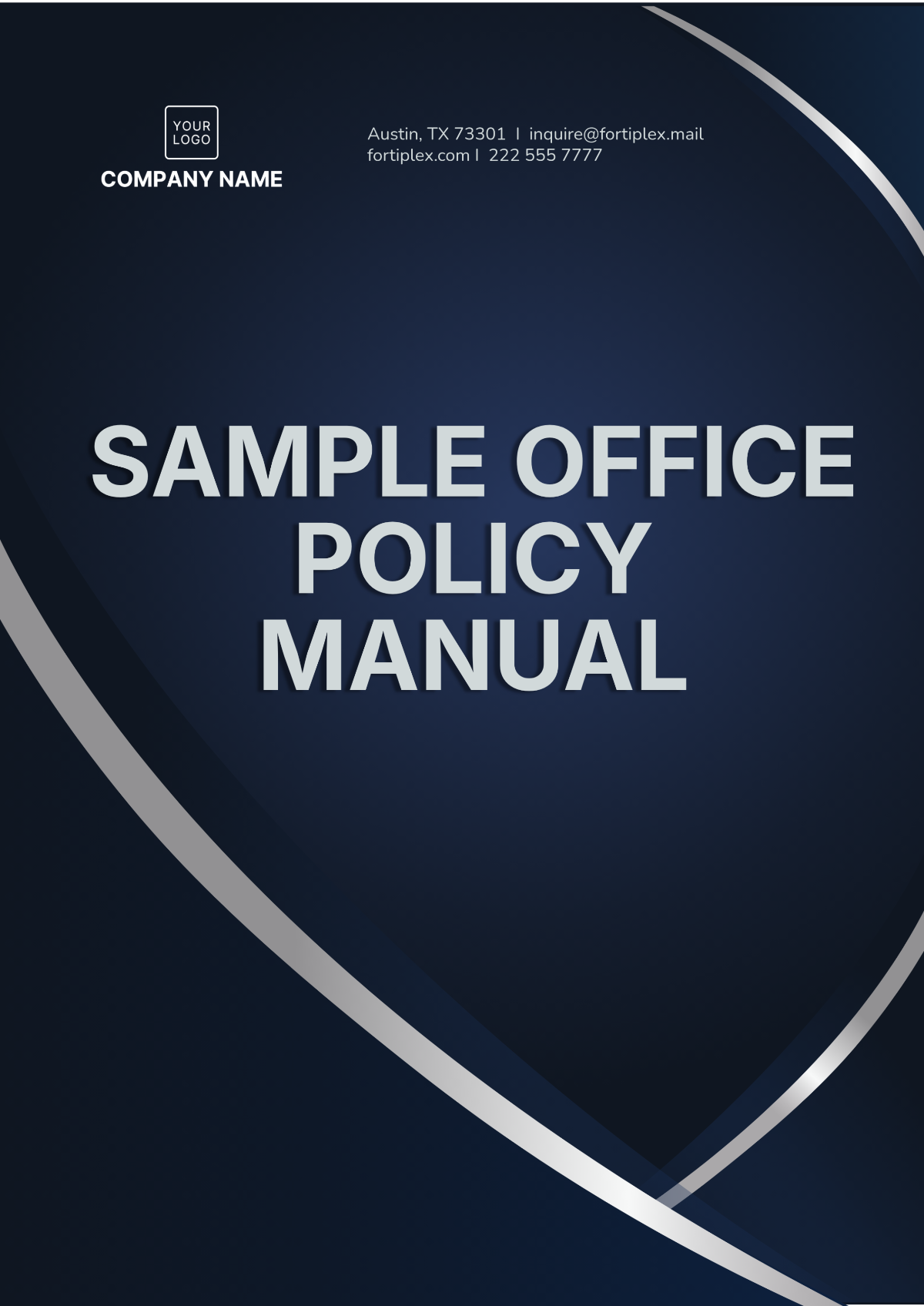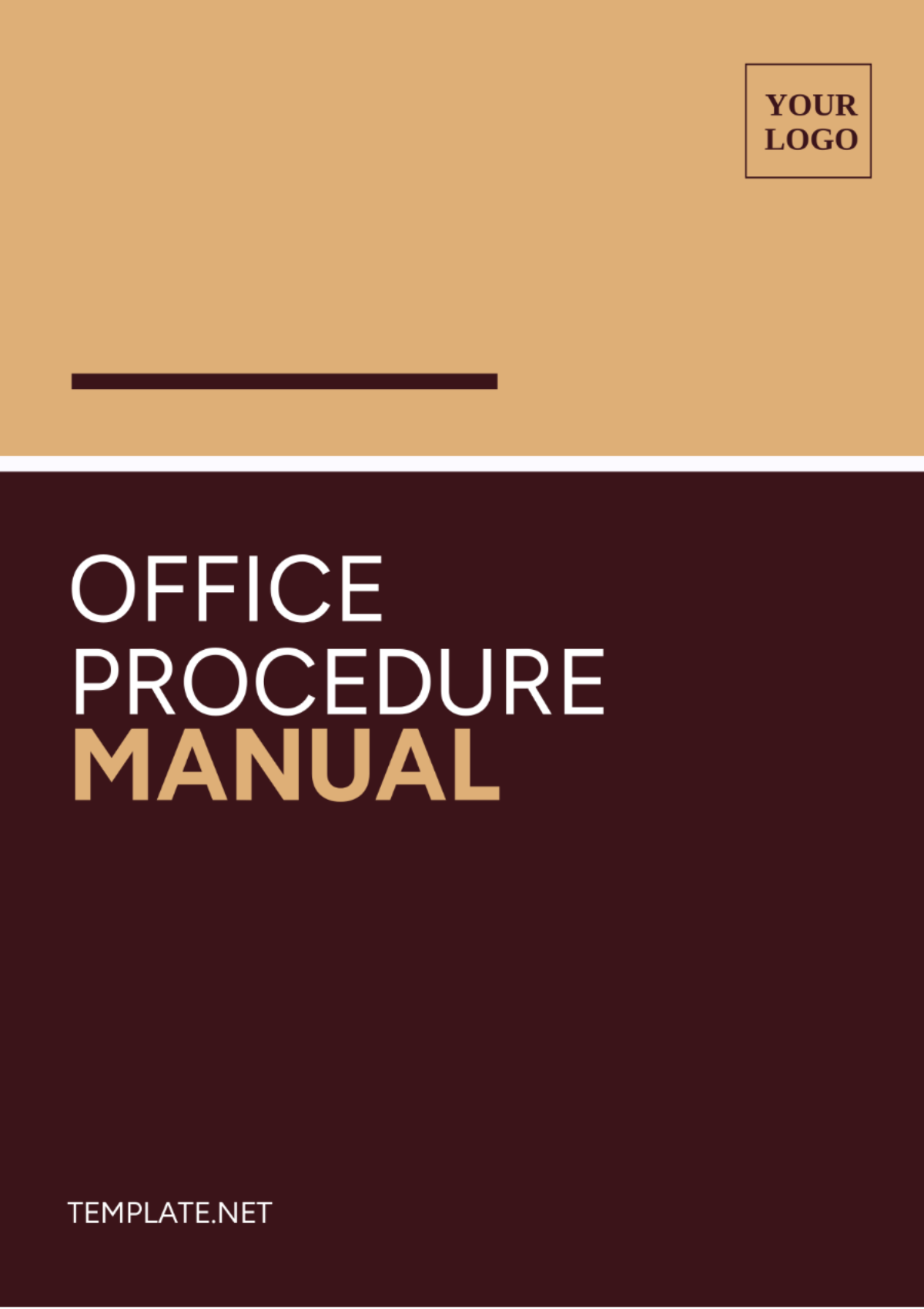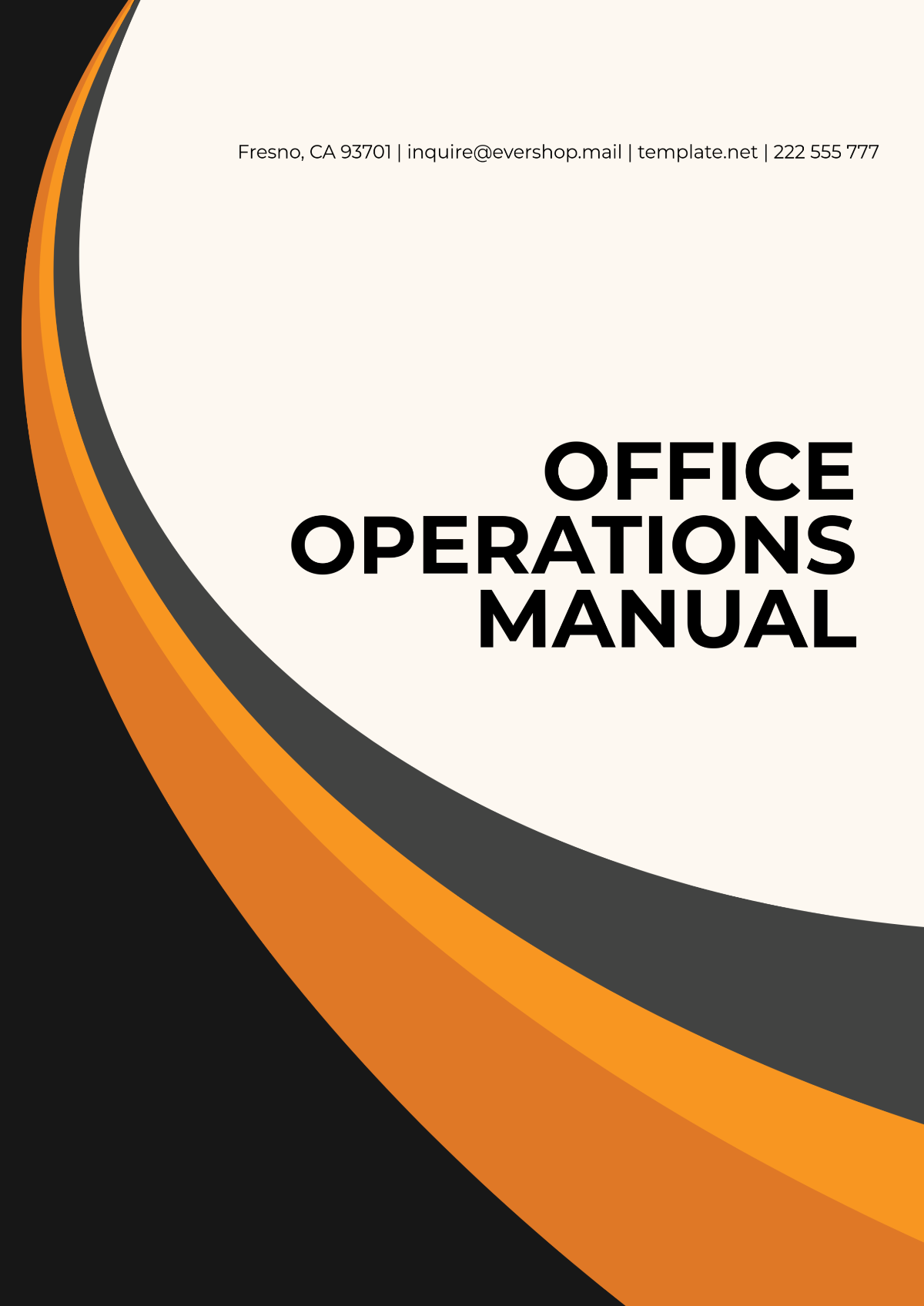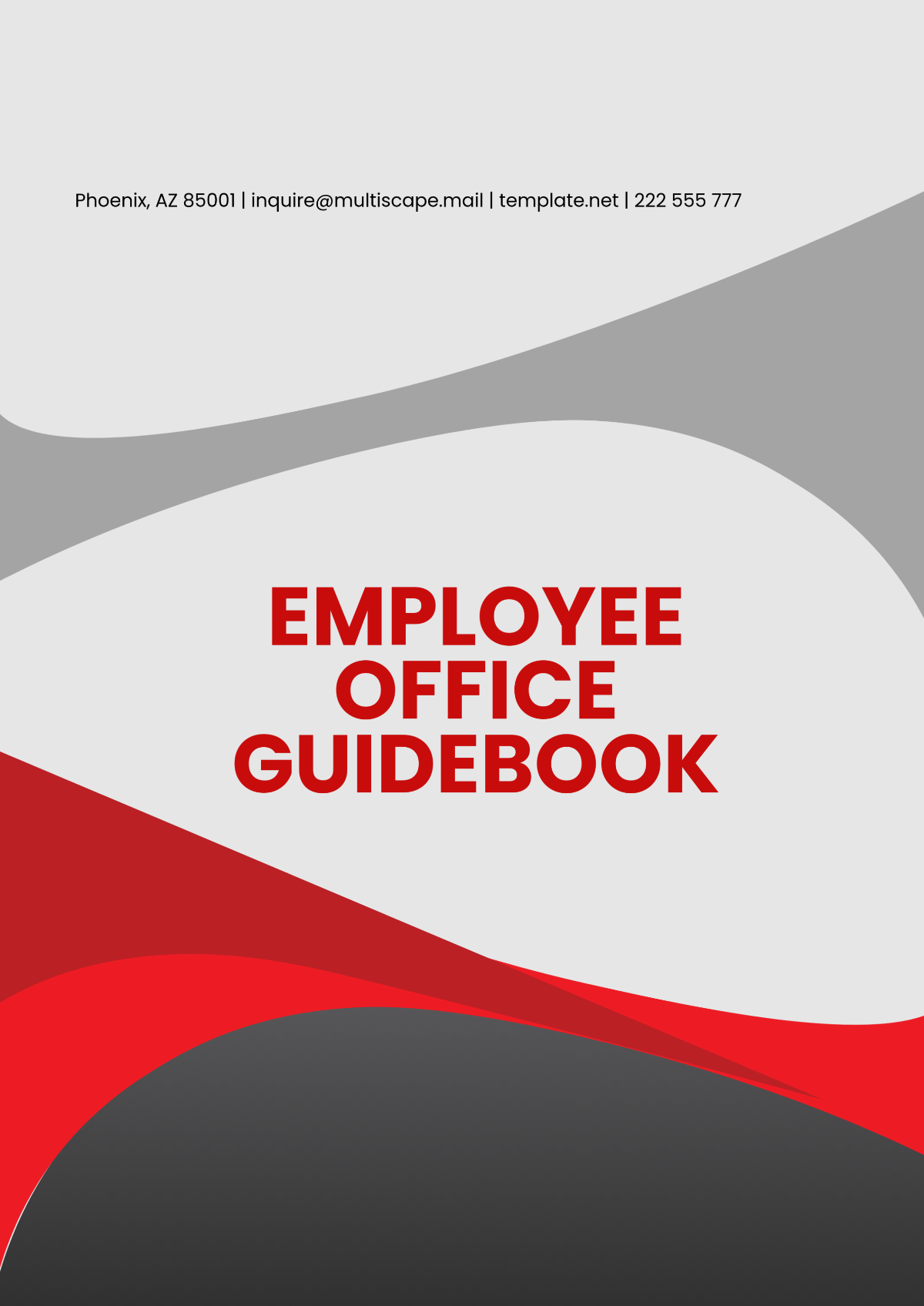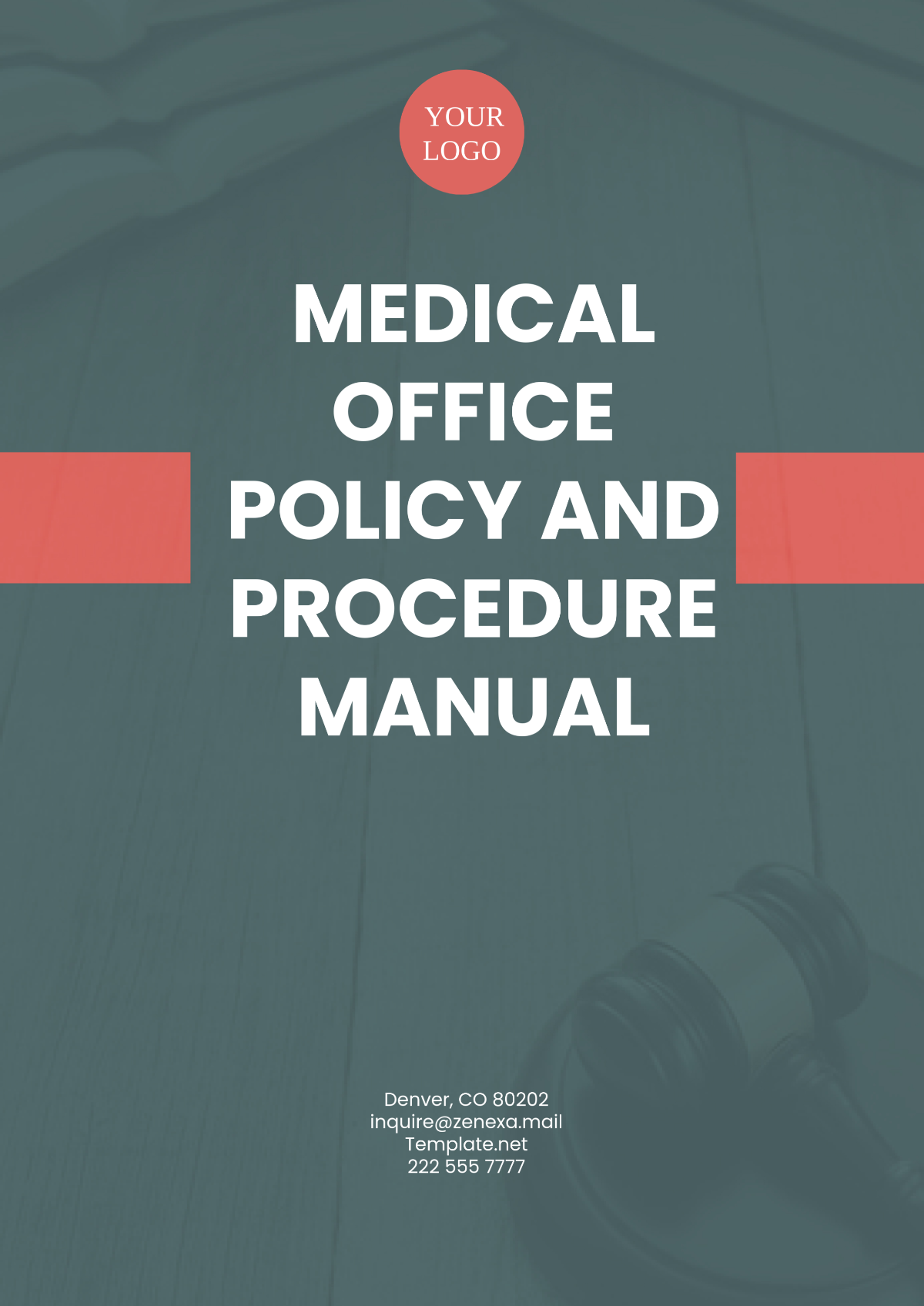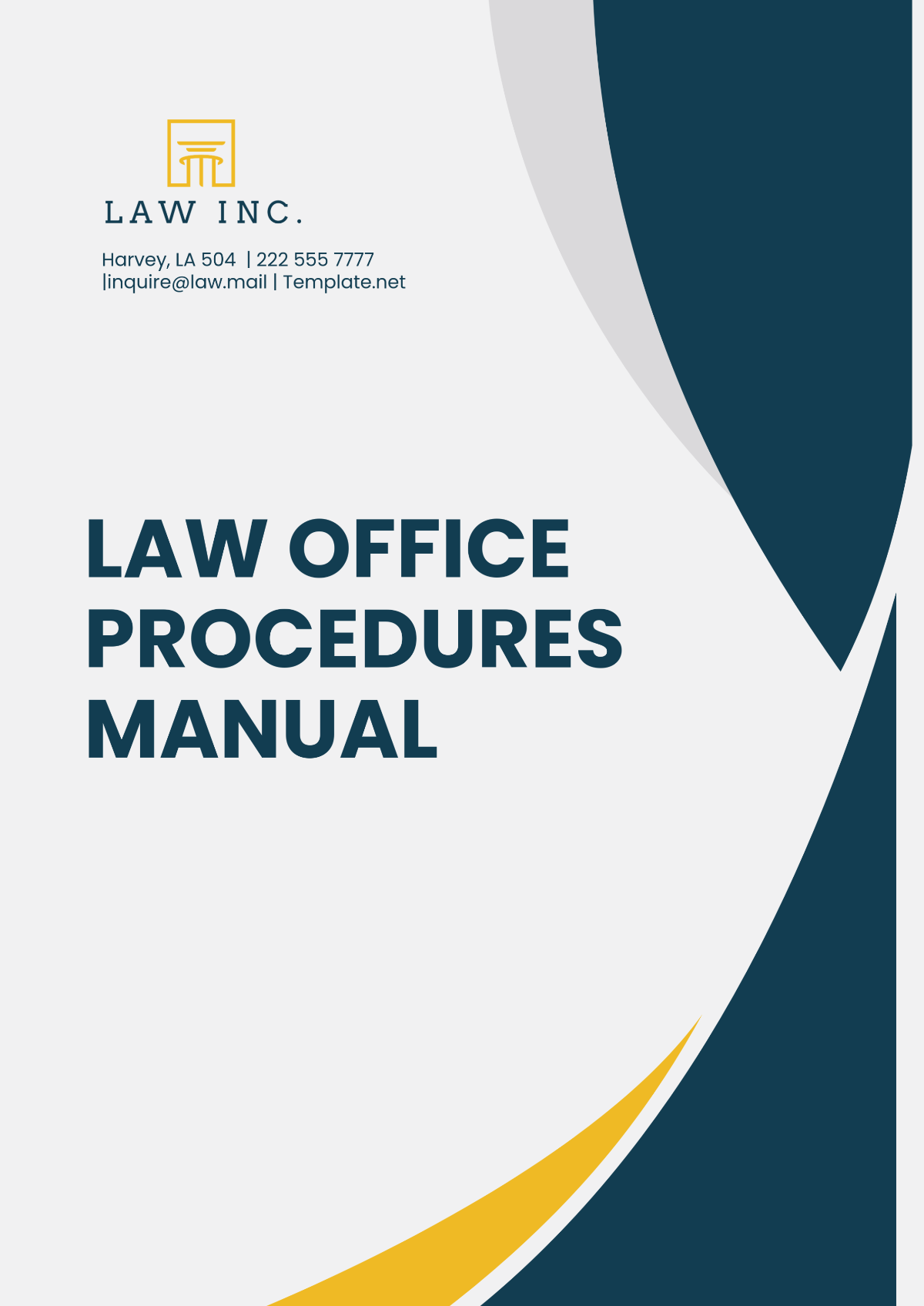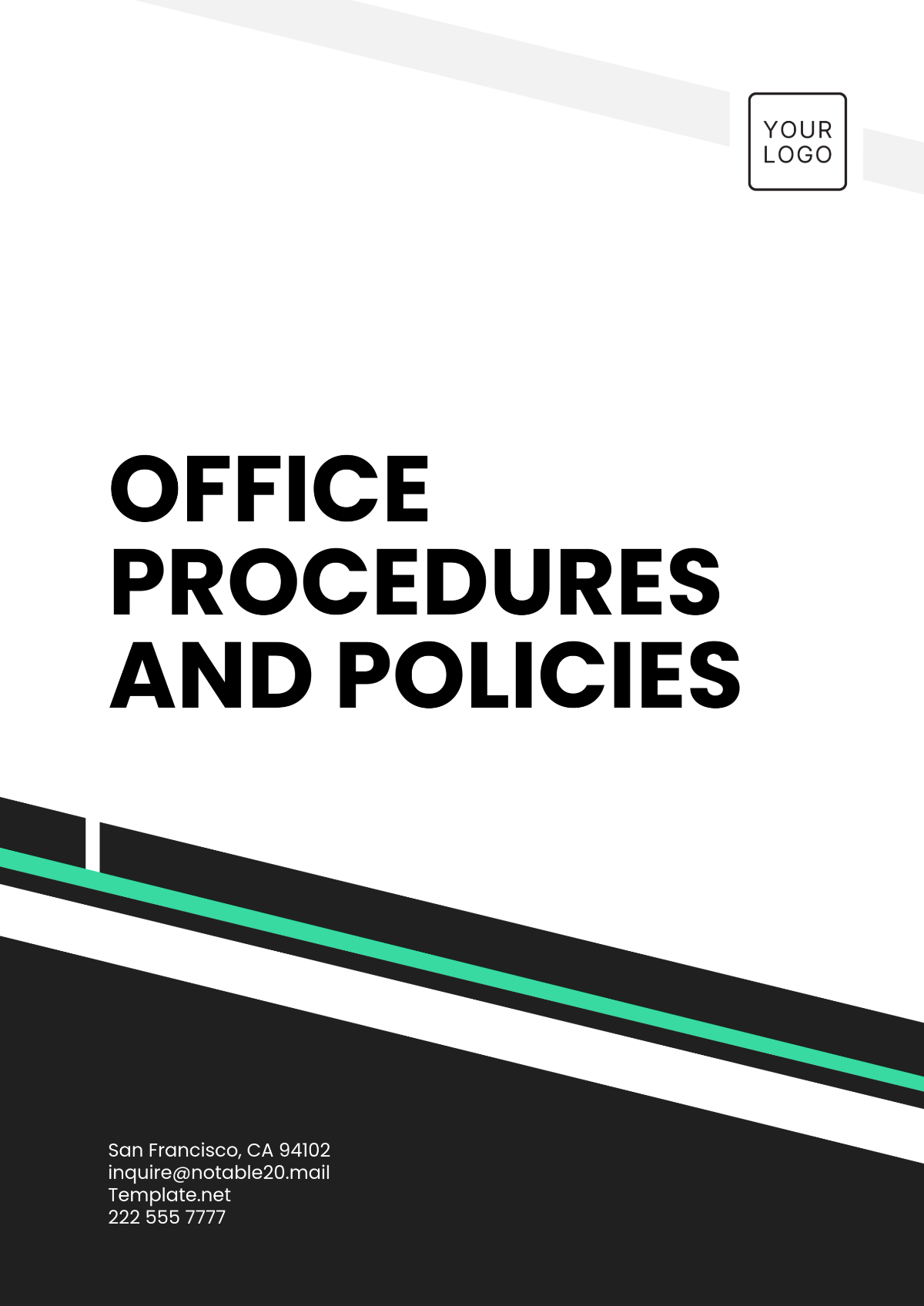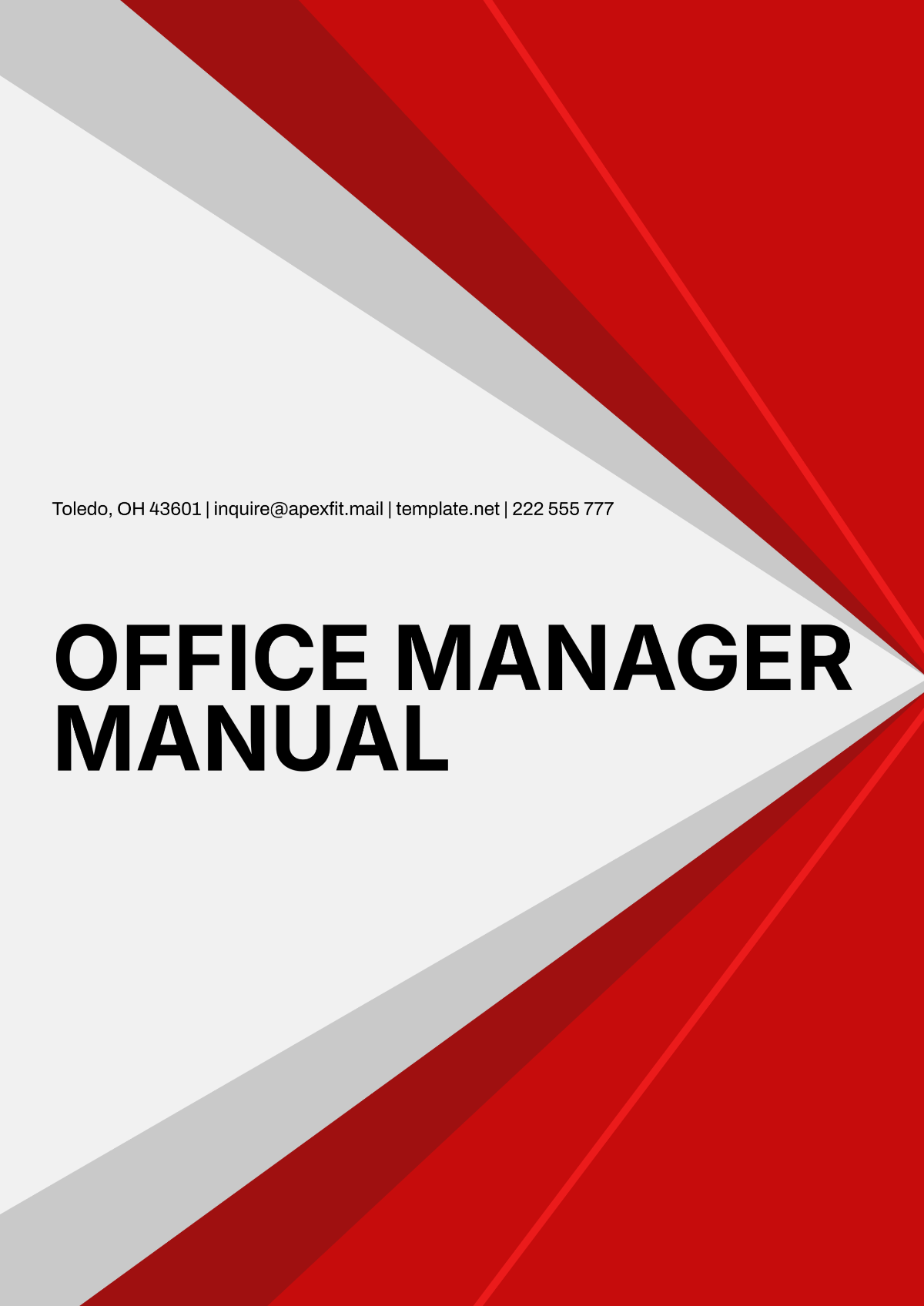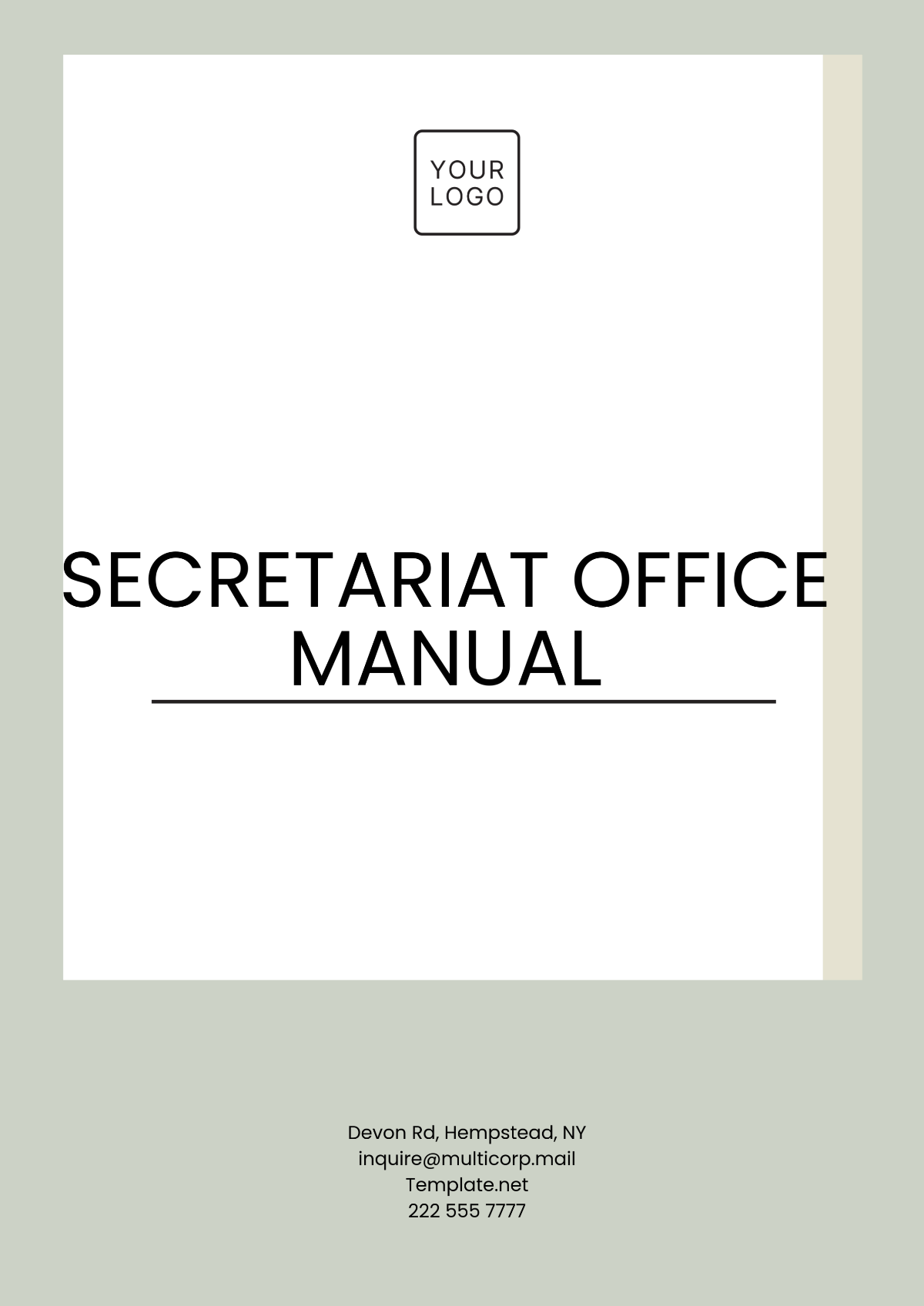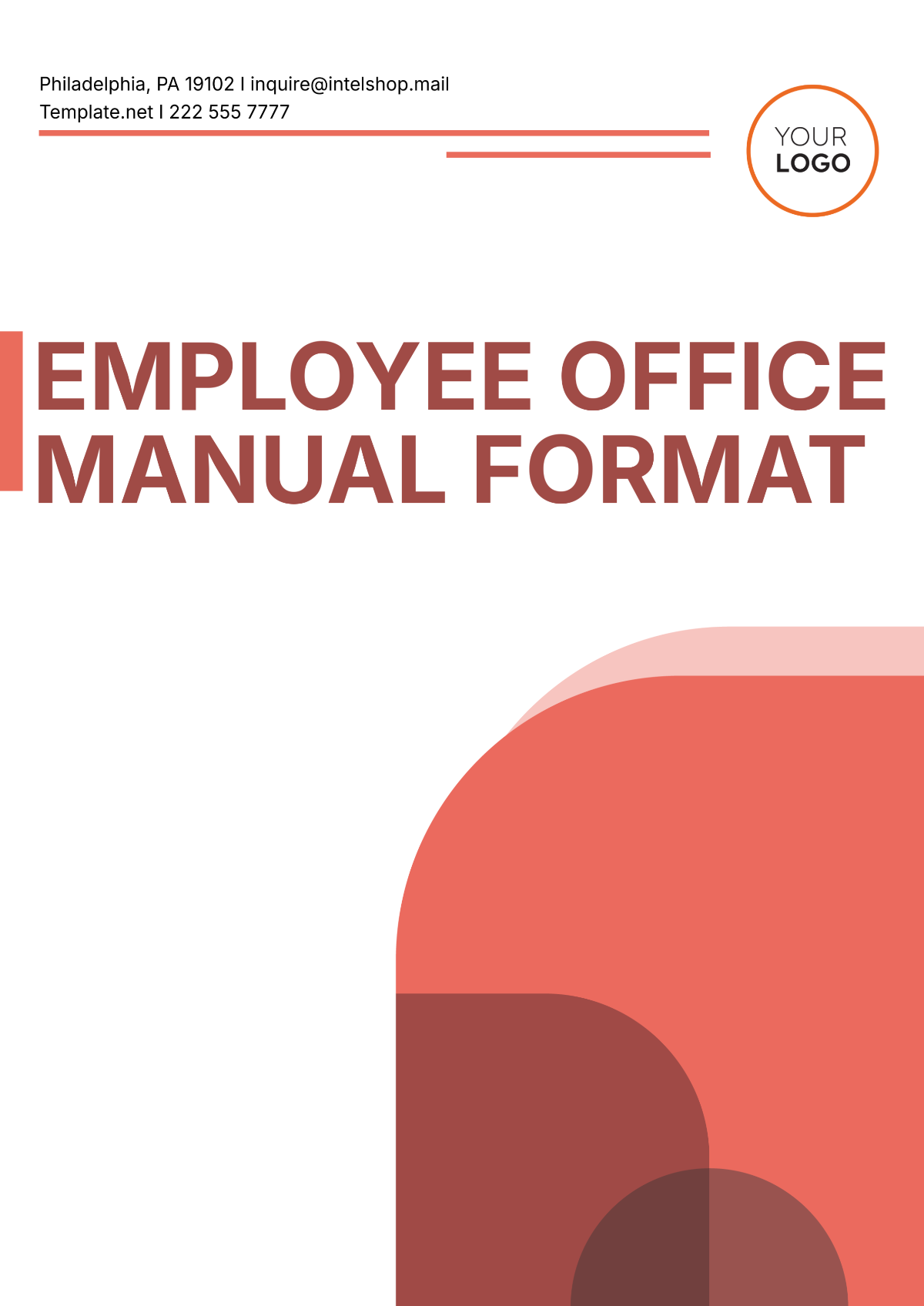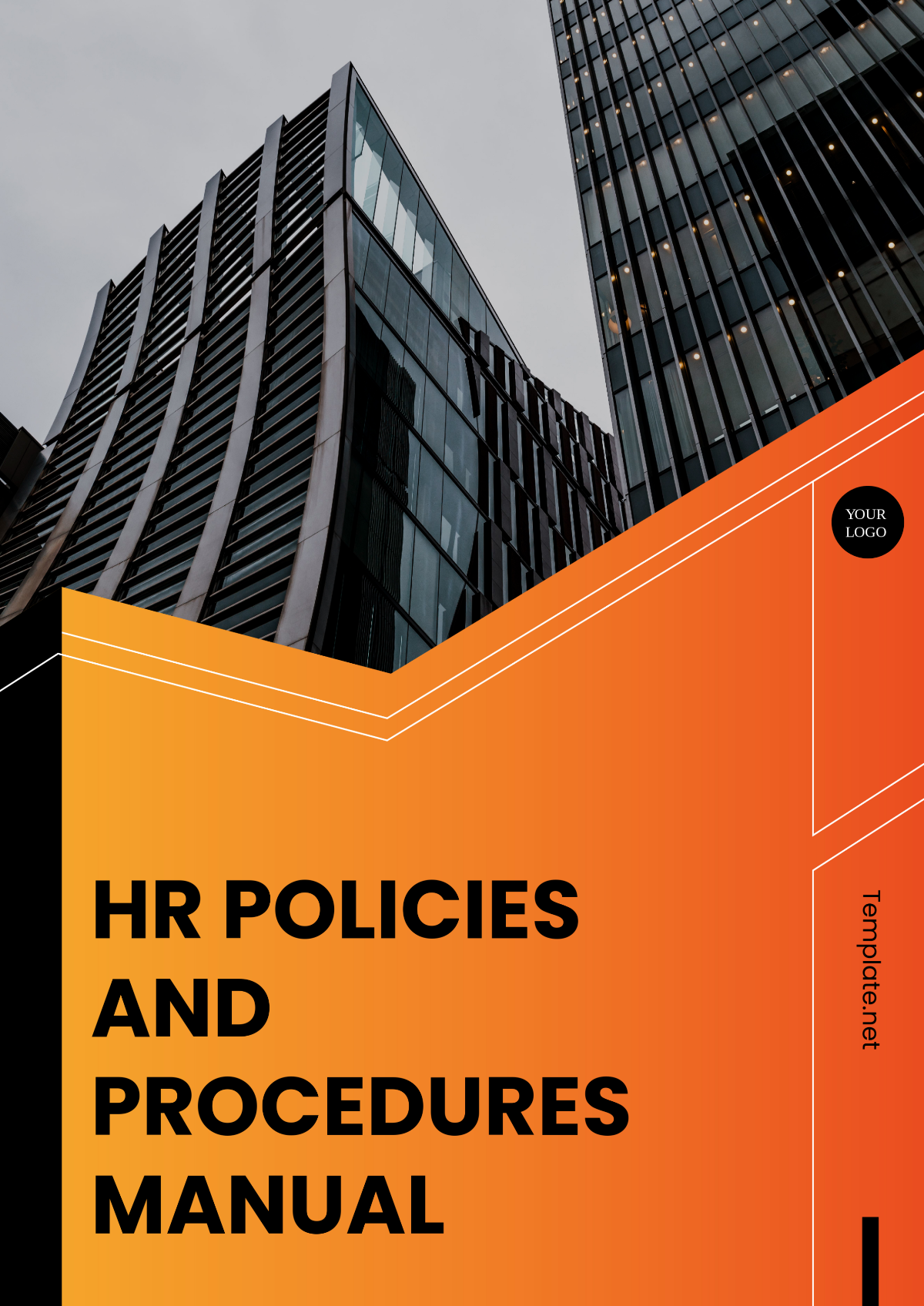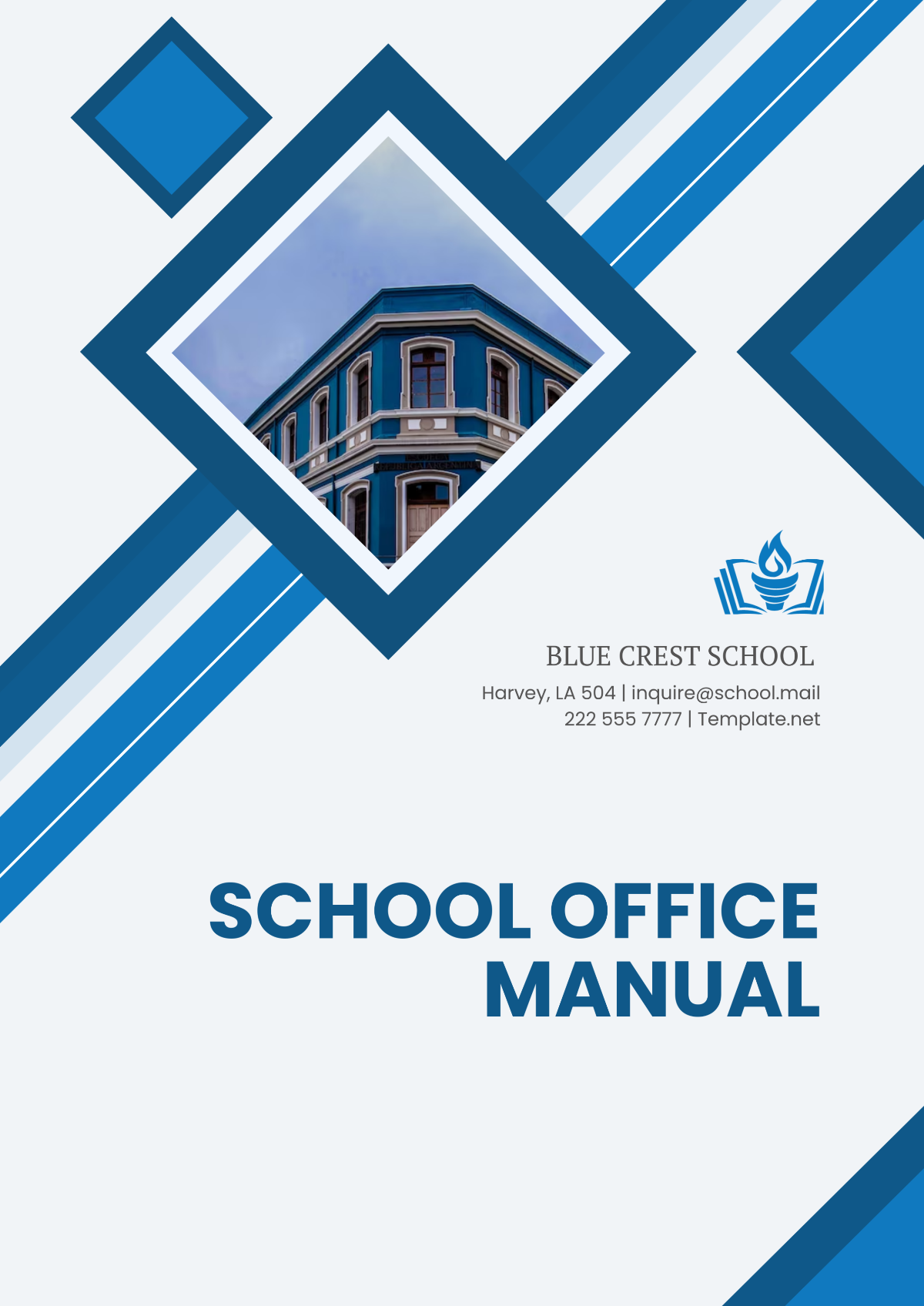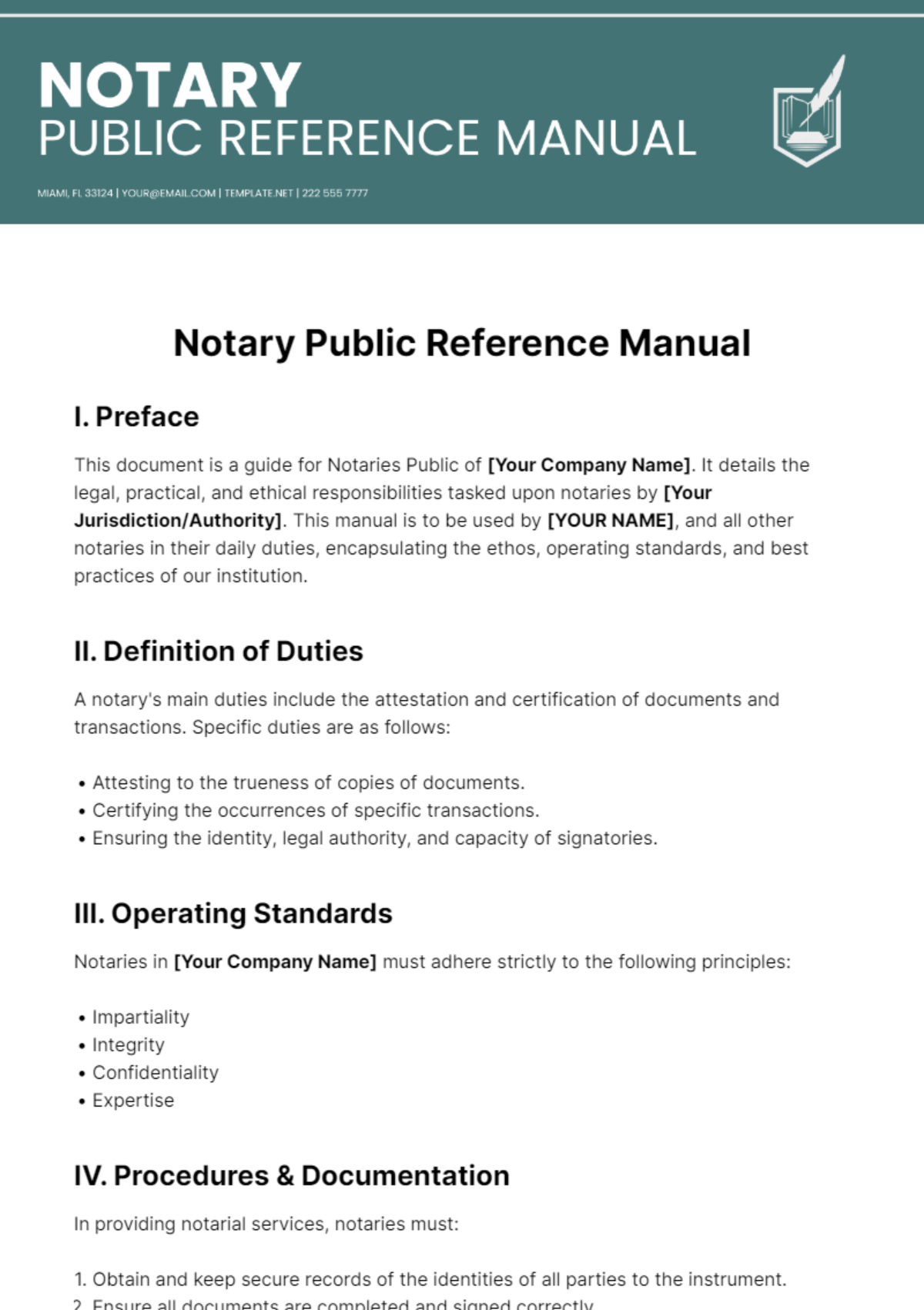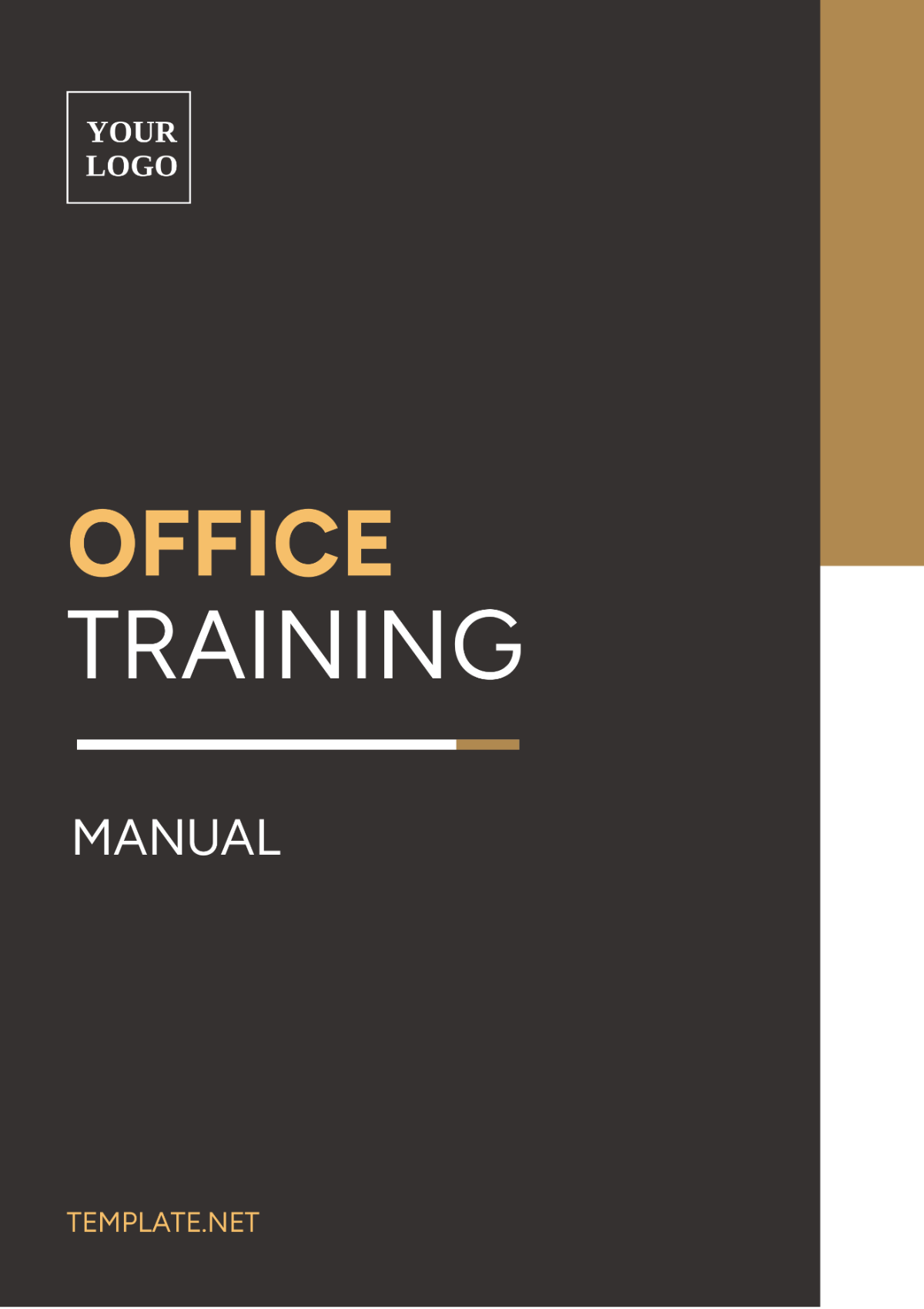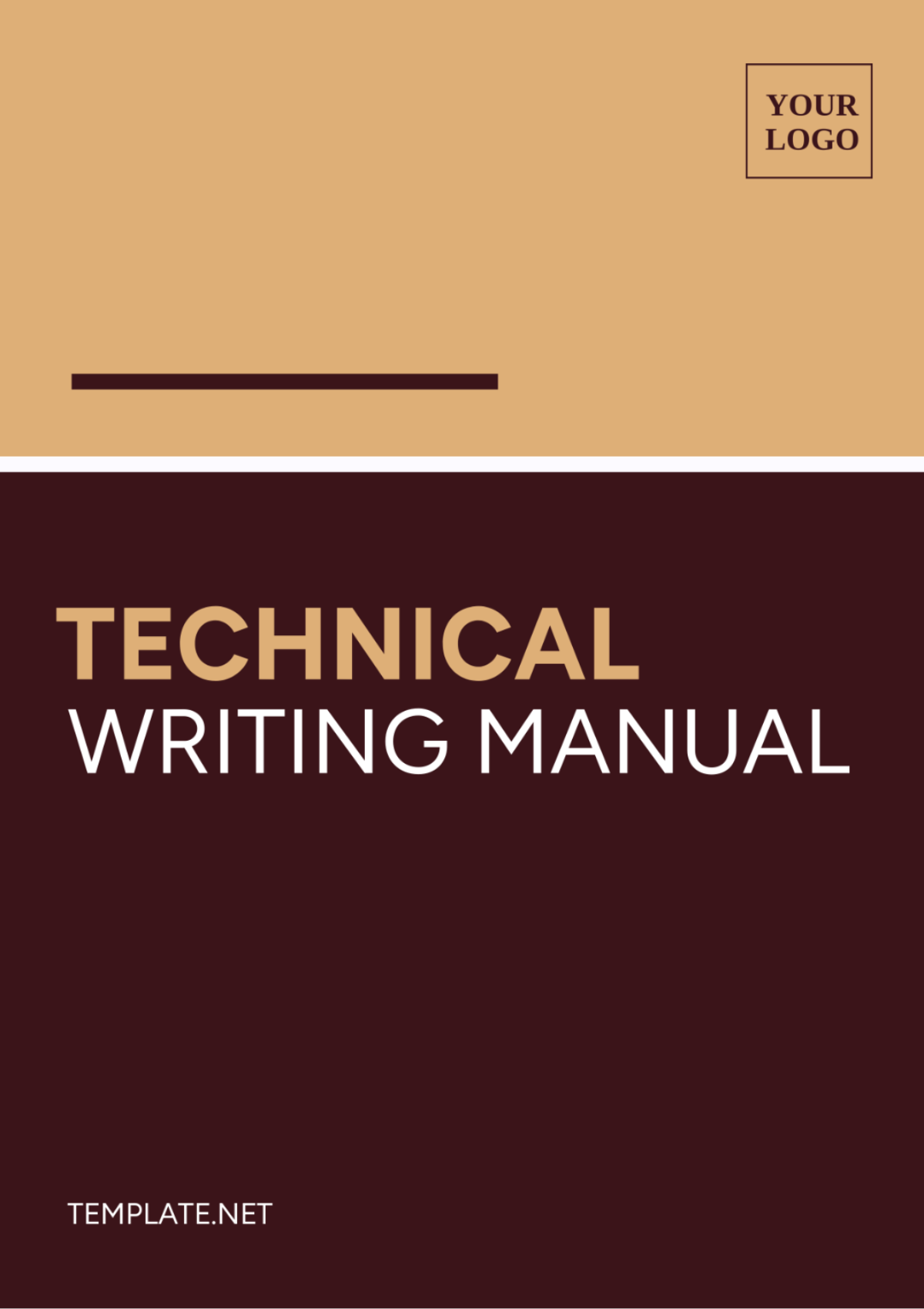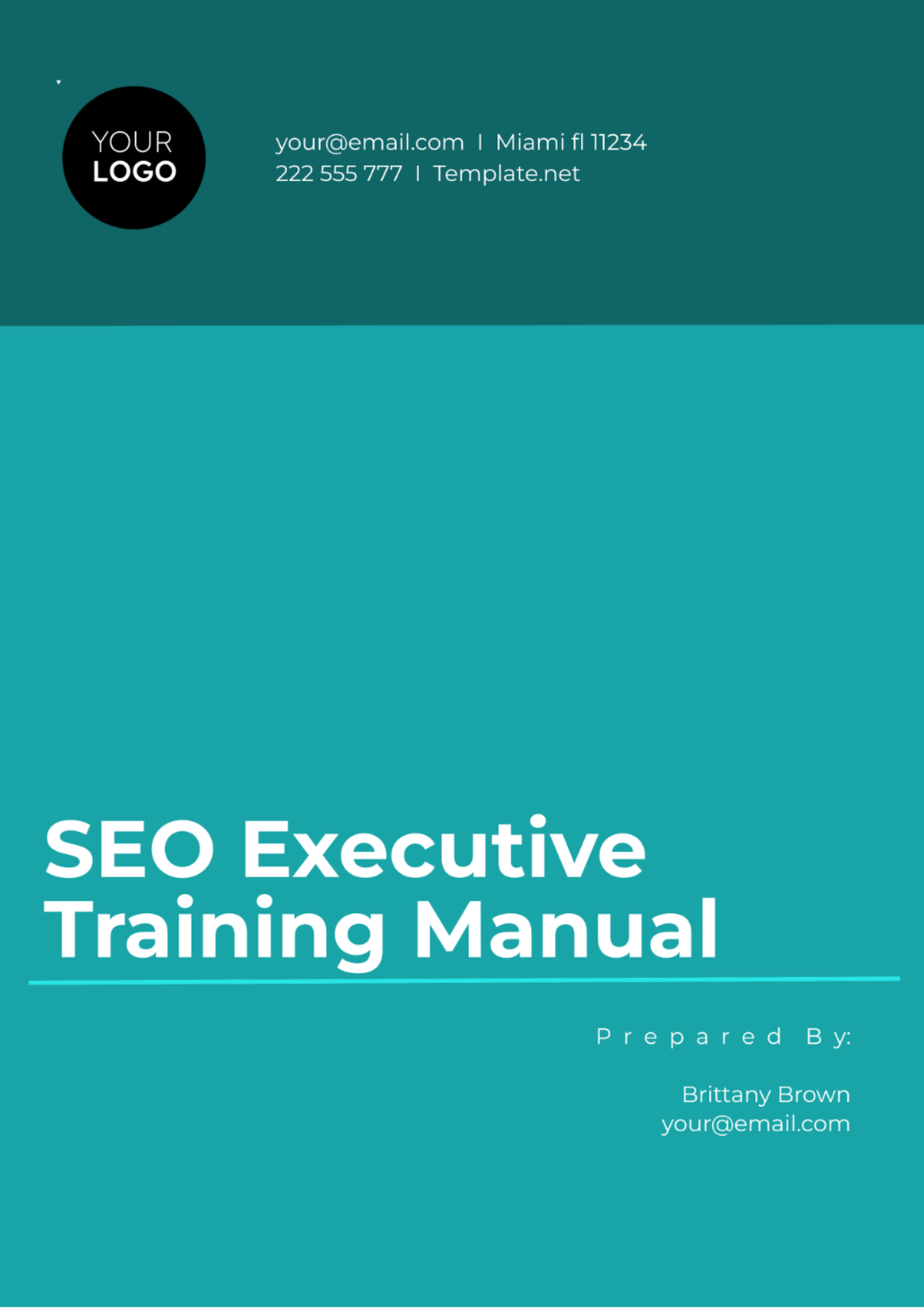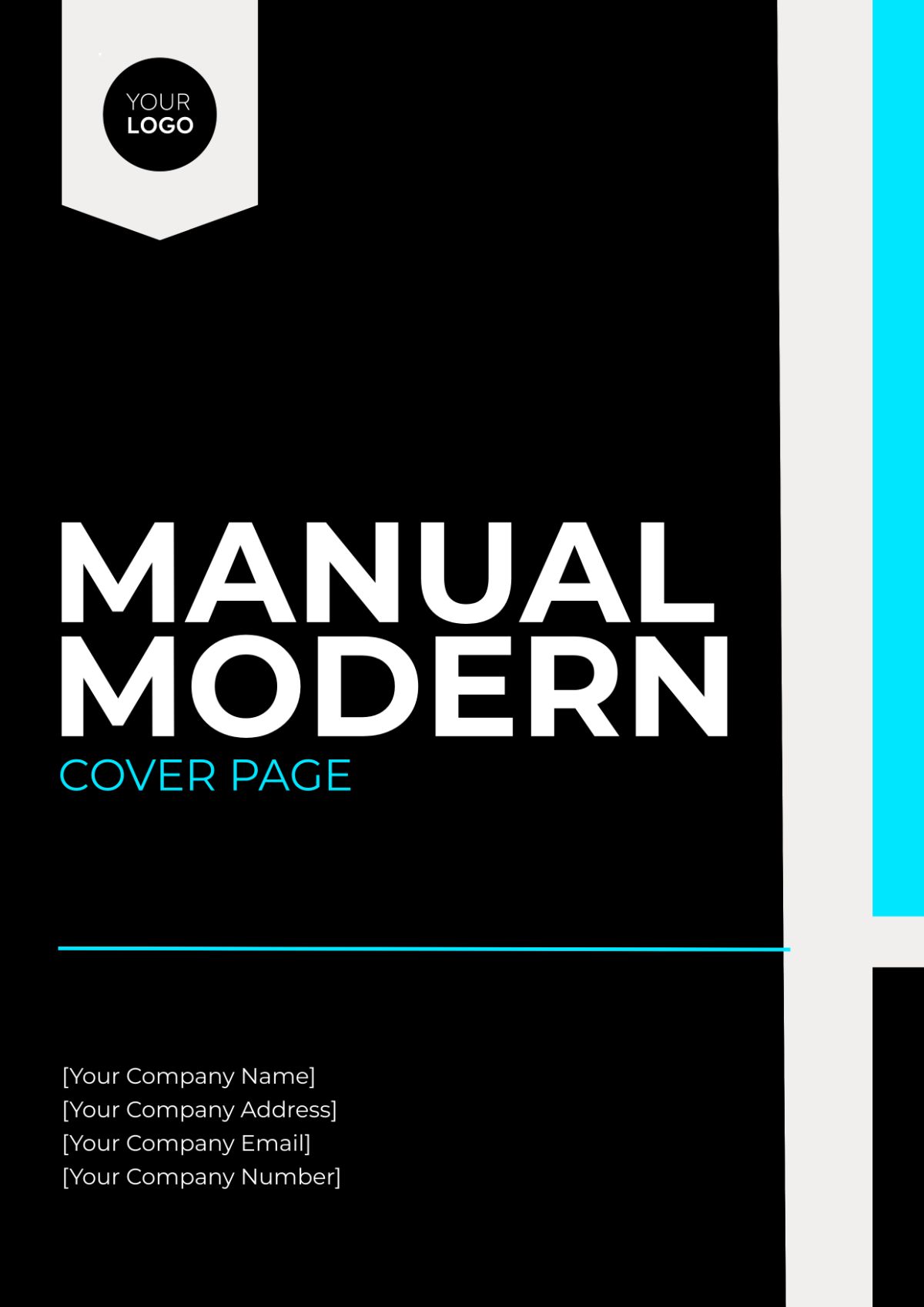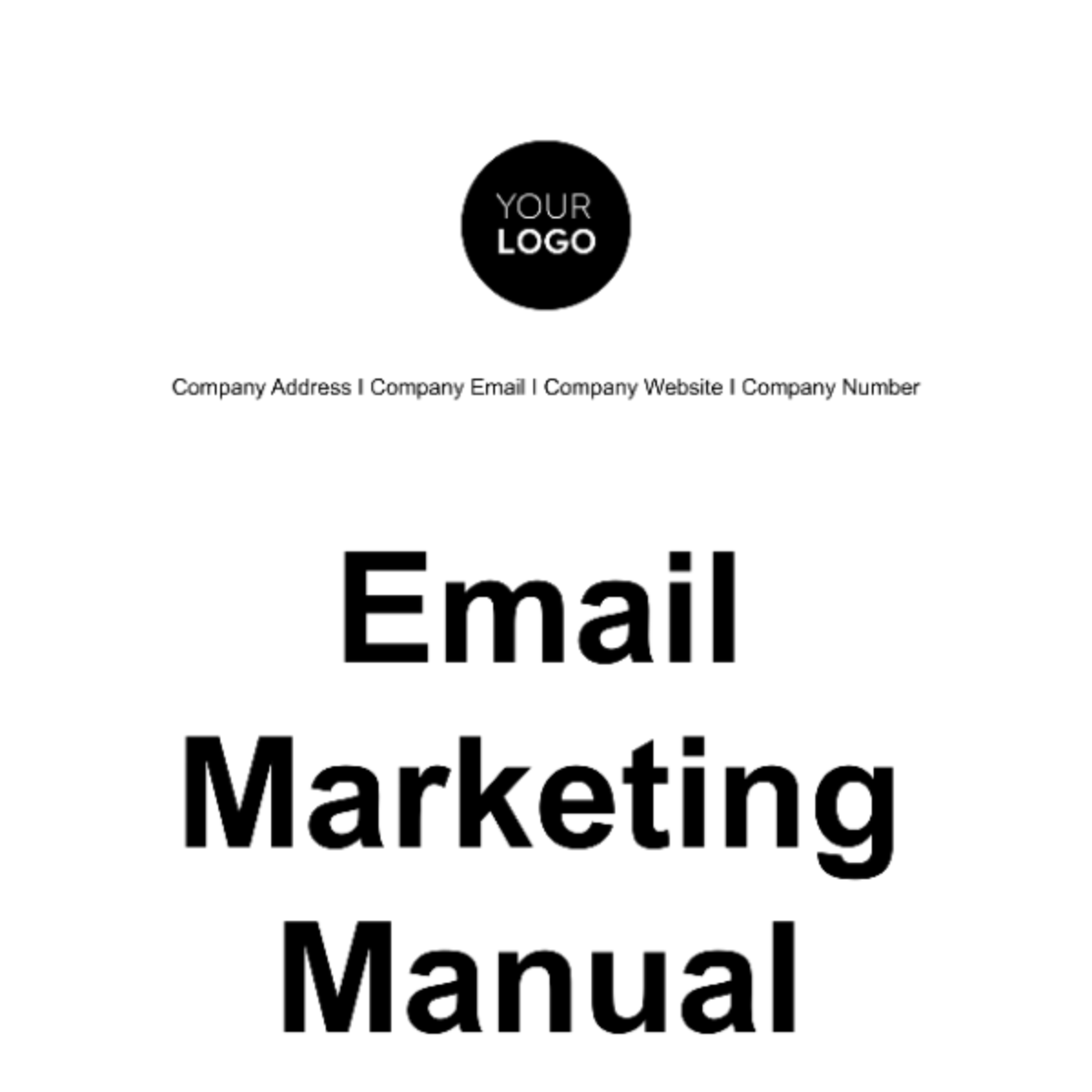Technical Writing Manual
NAME: | [YOUR NAME] |
|---|---|
COMPANY: | [YOUR COMPANY NAME] |
DEPARTMENT: | [YOUR DEPARTMENT] |
DATE: | [DATE] |
I. Introduction
Welcome to the [YOUR COMPANY NAME] Technical Writing Manual, designed to assist [YOUR DEPERTEMENT] in creating effective technical documentation. This manual aims to provide guidelines, tips, and best practices for producing clear, concise, and user-friendly technical content.
In today's fast-paced world, clear communication is crucial, especially in technical fields. Whether you're writing user manuals, technical specifications, or system documentation, [YOUR NAME], your Technical Writing Manual, serves as a comprehensive resource to ensure your documents meet the highest standards of clarity and accuracy.
II. Getting Started
II.I Document Planning
Before diving into writing, it's essential to plan your document thoroughly. Consider the audience, purpose, and scope of your document. Identify the key information to include and outline the structure. Utilize tools such as mind maps or outlines to organize your thoughts effectively.
Key Steps:
Define the target audience and their knowledge level.
Clarify the purpose and goals of the document.
Outline the document structure and main sections.
Determine the appropriate style and tone for the audience.
II.II Writing Process
Once you have a clear plan in place, you can begin the writing process. Start with drafting the content, focusing on conveying complex information in a clear and understandable manner. Use [YOUR COMPANY NAME]'s style guide and templates to maintain consistency across documents.
Best Practices:
Use Plain Language: Avoid jargon and technical terms whenever possible. If technical terms are necessary, provide clear definitions.
Organize Information: Present information logically, using headings, subheadings, and bullet points to improve readability.
Keep Sentences and Paragraphs Short: Aim for clarity and conciseness by breaking down complex ideas into digestible chunks.
Review and Revise: Proofread your document carefully for errors in grammar, punctuation, and formatting. Seek feedback from peers or subject matter experts to ensure accuracy.
III. Document Structure
III.I Components of a Technical Document
Understanding the key components of a technical document is essential for creating well-organized and comprehensive content. The following are typical sections found in technical documentation:
Title Page: Includes the title of the document, author name, date, and any other relevant information.
Table of Contents: Provides an overview of the document's structure and helps readers navigate through the content.
Introduction: Sets the context for the document and outlines its purpose and scope.
Body: Contains the main content, divided into sections and subsections as per the document outline.
Conclusion: Summarizes the key points covered in the document and may offer recommendations or next steps.
Appendices: Includes supplementary information such as glossaries, references, or additional resources.
III.II Formatting Guidelines
Consistent formatting enhances the readability and professionalism of technical documents. Adhering to formatting guidelines ensures uniformity across documents and helps maintain a cohesive brand image. Here are some formatting tips to consider:
Font: Use a legible font such as Arial or Times New Roman, and maintain a consistent font size throughout the document (e.g., 12-point font for body text).
Headings: Use hierarchical heading levels (e.g., Heading 1, Heading 2) to structure the document and indicate the hierarchy of information.
Spacing: Use single spacing within paragraphs and double spacing between paragraphs to improve readability.
Lists: Use bulleted or numbered lists to present information in a clear and concise manner.
Graphics: Include relevant images, diagrams, or tables to support the text and enhance understanding.
Page Layout: Ensure adequate margins and page orientation (portrait or landscape) to optimize readability and printing.
IV. Style and Tone
IV.I Audience Considerations
Understanding your audience is paramount in determining the appropriate style and tone for your technical documentation. Consider the following factors when tailoring your writing to the audience:
Knowledge Level: Assess the audience's familiarity with the subject matter and adjust the level of technical detail accordingly.
Language Preference: Determine whether the audience prefers formal or informal language and adjust the tone accordingly.
Cultural Sensitivity: Consider cultural differences that may impact language and communication preferences.
Accessibility: Ensure that the document is accessible to all audience members, including those with disabilities or language barriers.
IV.II Maintaining Consistency
Consistency in style and tone across documents is essential for building trust with your audience and reinforcing your brand identity. Use [YOUR COMPANY NAME]'s style guide as a reference for maintaining consistency in:
Language Usage: Use consistent terminology and avoid ambiguity or conflicting terms.
Grammar and Punctuation: Follow established grammar and punctuation rules to ensure clarity and professionalism.
Visual Elements: Maintain consistency in formatting, colors, and design elements to create a cohesive visual experience.
Voice and Tone: Adopt a consistent voice and tone that aligns with [YOUR COMPANY NAME]'s brand personality and values.
By following these guidelines, you can ensure that your technical documentation effectively communicates information to your audience while maintaining professionalism and consistency.
Stay tuned for more sections in the upcoming parts of the Technical Writing Manual Template.
V. Documentation Review Process
V.I Importance of Documentation Review
Documentation review is a crucial step in the technical writing process, ensuring accuracy, clarity, and completeness of the content. By involving stakeholders and subject matter experts in the review process, you can identify and address any errors or inconsistencies before the document is finalized.
Key Benefits of Documentation Review:
Ensures Accuracy: Subject matter experts can verify the technical accuracy of the content and identify any inaccuracies or errors.
Improves Clarity: Reviewers can provide feedback on the clarity and comprehensibility of the content, helping to clarify ambiguous or confusing passages.
Enhances Consistency: Reviewers can ensure that the document adheres to [YOUR COMPANY NAME]'s style guidelines and maintains consistency with other documentation.
Identifies Omissions: Reviewers may identify any missing information or gaps in the content, allowing you to address them before finalizing the document.
V.II Review Process Guidelines
To ensure a thorough and effective documentation review process, follow these guidelines:
Define Review Criteria: Establish clear criteria for reviewers to evaluate the document, such as accuracy, clarity, completeness, and adherence to style guidelines.
Select Reviewers: Identify appropriate stakeholders and subject matter experts to participate in the review process based on their expertise and relevance to the document.
Schedule Review Meetings: Coordinate review meetings or asynchronous review processes to gather feedback from reviewers within a specified timeframe.
Document Feedback: Record feedback and comments from reviewers systematically, either using a review tool or a shared document, to track and address each comment.
Address Feedback: Evaluate the feedback provided by reviewers and make necessary revisions to the document to address any identified issues or concerns.
Finalize Document: Once all feedback has been addressed, finalize the document and obtain approval from relevant stakeholders before distribution.
By following these guidelines, you can ensure that the documentation review process is thorough, collaborative, and effective, resulting in high-quality technical documentation that meets the needs of your audience.
VI. Document Distribution and Maintenance
VI.I Distribution Channels
Determining the appropriate distribution channels for your technical documentation is essential for reaching your target audience effectively. Consider the following distribution channels:
Online Platforms: Distribute documentation through [YOUR COMPANY NAME]'s website, intranet, or knowledge base for easy access and updates.
Printed Materials: Provide printed copies of documentation for users who prefer physical copies or do not have access to digital resources.
Email Distribution: Send documentation updates or announcements via email to relevant stakeholders or subscribers.
Training Sessions: Conduct training sessions or workshops to educate users on how to access and use the documentation effectively.
VI.II Document Maintenance
Maintaining technical documentation is an ongoing process that requires regular updates and revisions to ensure accuracy and relevance. Establish a document maintenance plan to:
Schedule Regular Reviews: Set aside time for periodic reviews of documentation to identify any outdated or inaccurate information.
Update Content: Make updates to documentation as needed to reflect changes in technology, processes, or user feedback.
Version Control: Implement version control practices to track changes and maintain a history of document revisions.
Communicate Updates: Notify users of any significant updates or changes to documentation to ensure they have access to the most current information.
By implementing a comprehensive document distribution and maintenance strategy, you can ensure that your technical documentation remains up-to-date, accessible, and valuable to your audience.
Stay tuned for the conclusion and additional resources in the final part of the Technical Writing Manual Template.
VIII. Additional Resources
To further enhance your skills in technical writing, consider exploring the following additional resources:
Online Courses: Enroll in online courses or training programs focused on technical writing, communication skills, and document design.
Books: Explore books on technical writing, style guides, and writing for specific audiences or industries.
Workshops and Webinars: Attend workshops, seminars, or webinars conducted by experts in technical communication.
Professional Associations: Join professional associations for technical writers to network with peers, access resources, and stay updated on industry trends.
IX. Conclusion
Well done on completing your [YOUR COMPANY NAME] Technical Writing Manual, and thank you for your dedication to technical writing excellence. As you navigate your technical writing journey, keep prior reference to this manual as a guide for planning, writing, reviewing, and maintaining technical documentation. Feel free to reach out to [YOUR NAME] or other members of the [YOUR DEPERTEMENT] team for support and assistance concerning your documentation projects.
